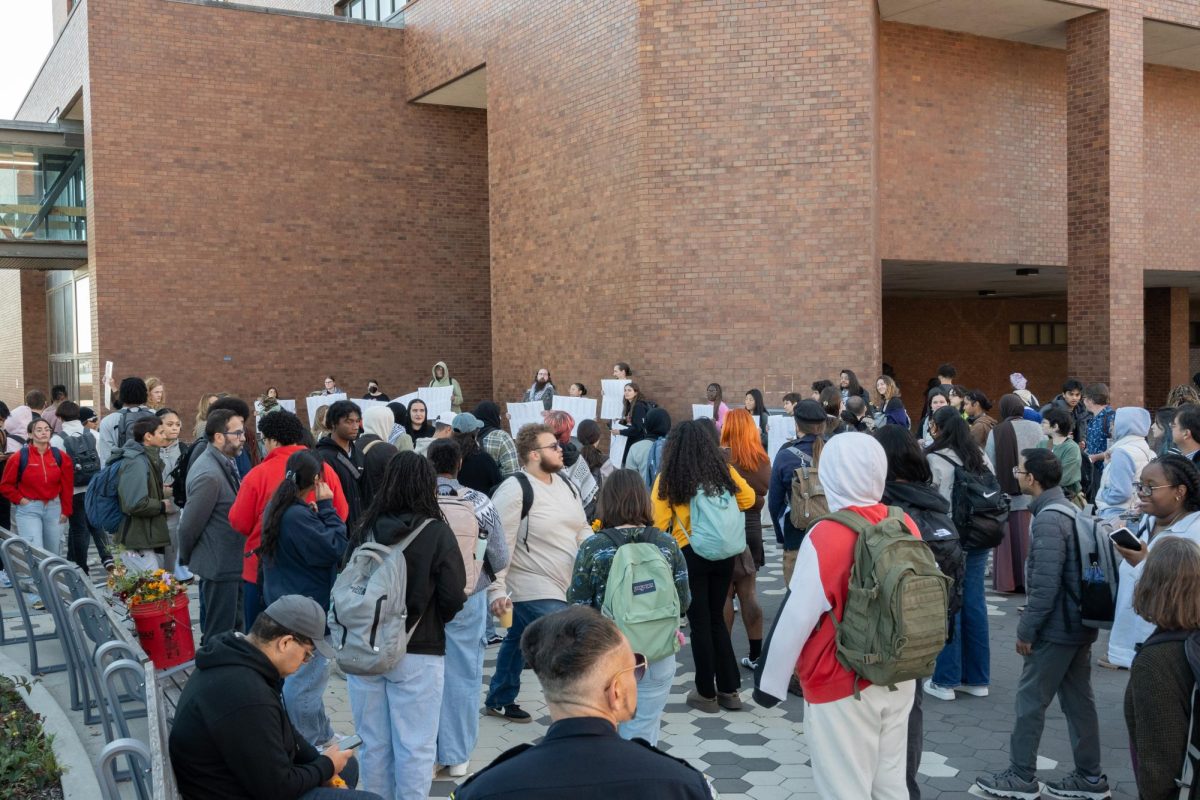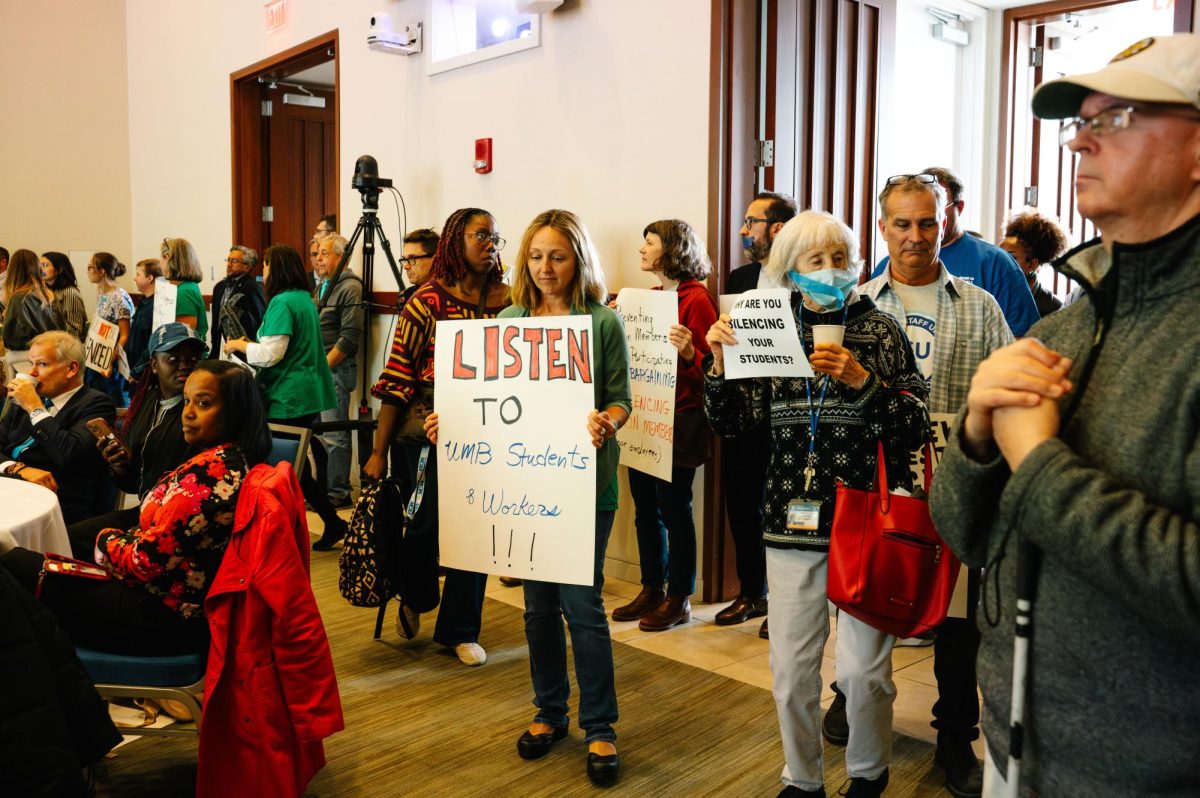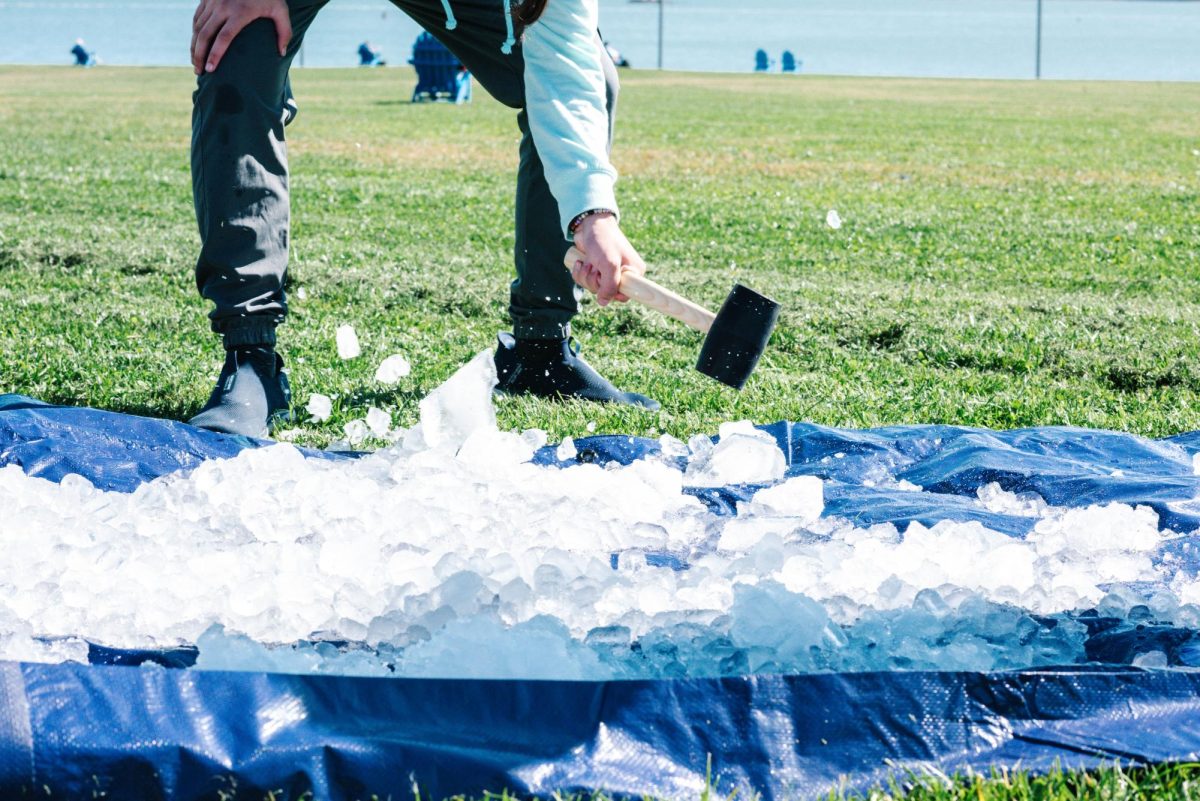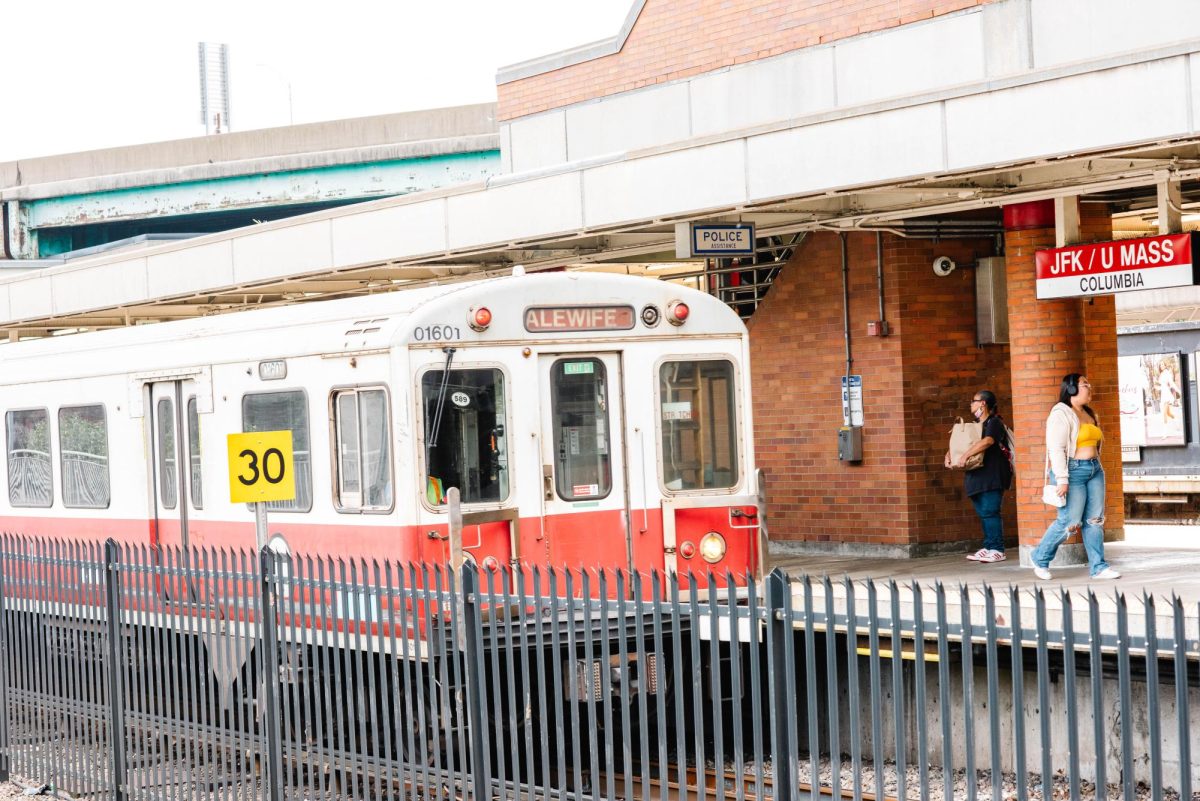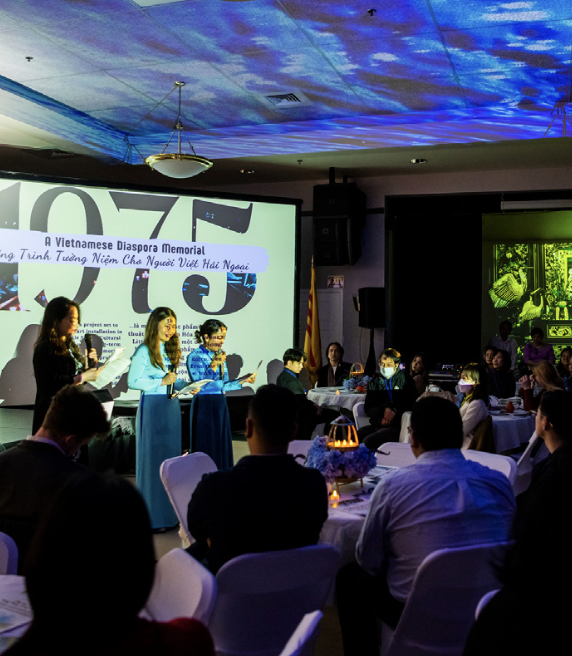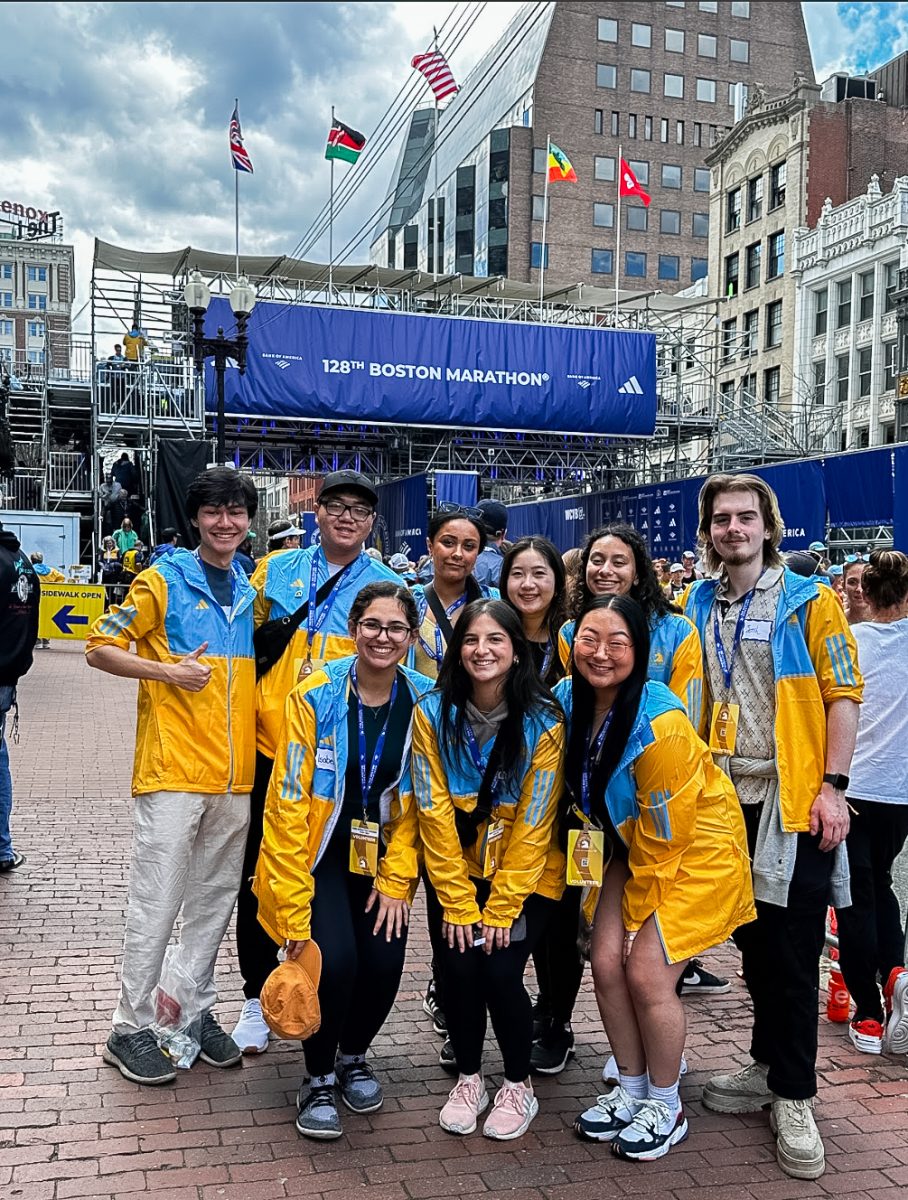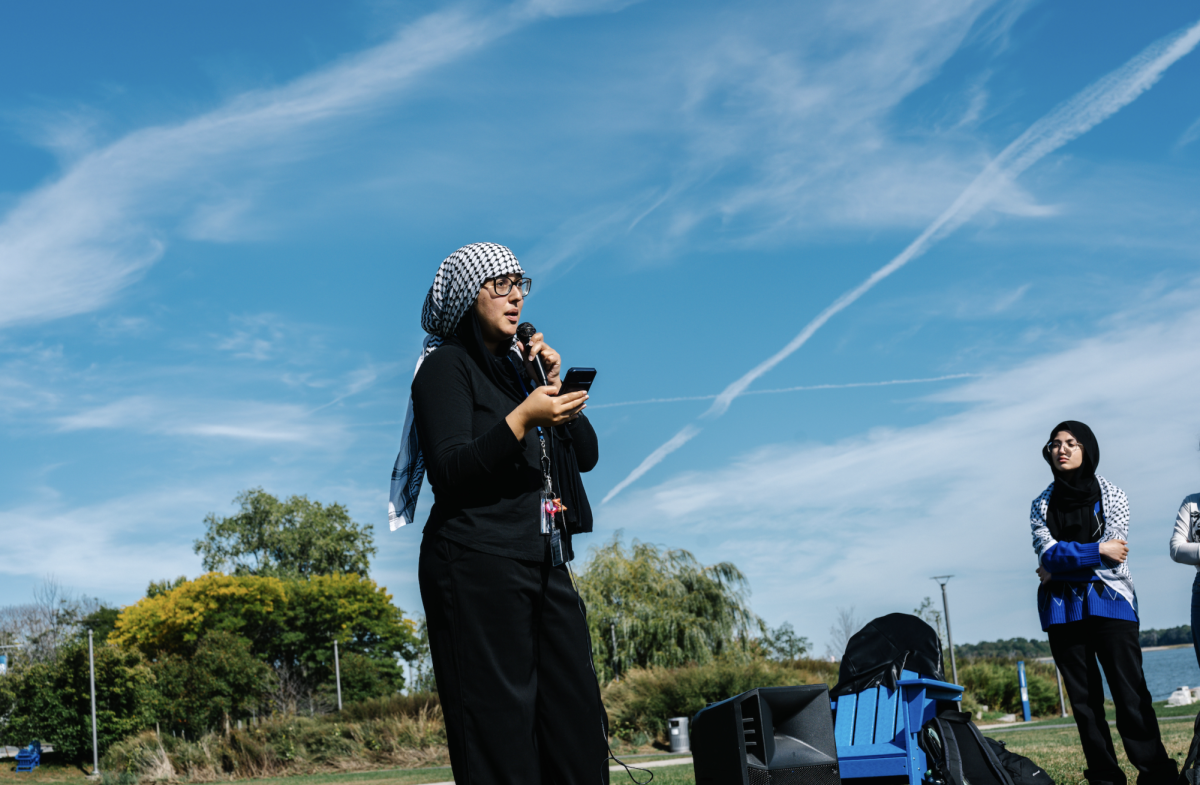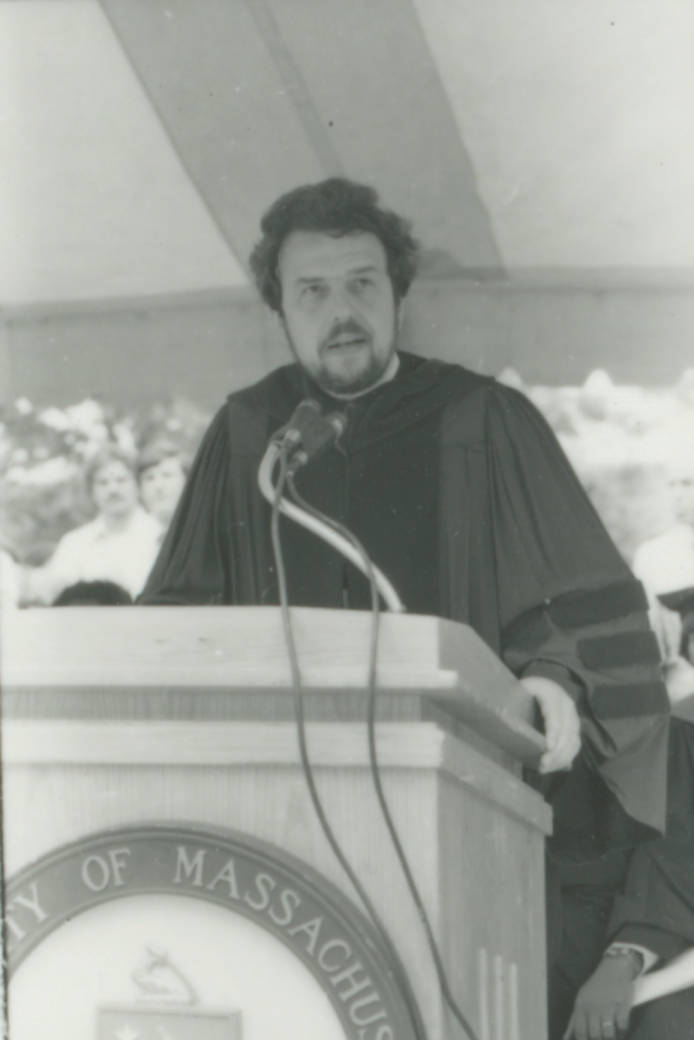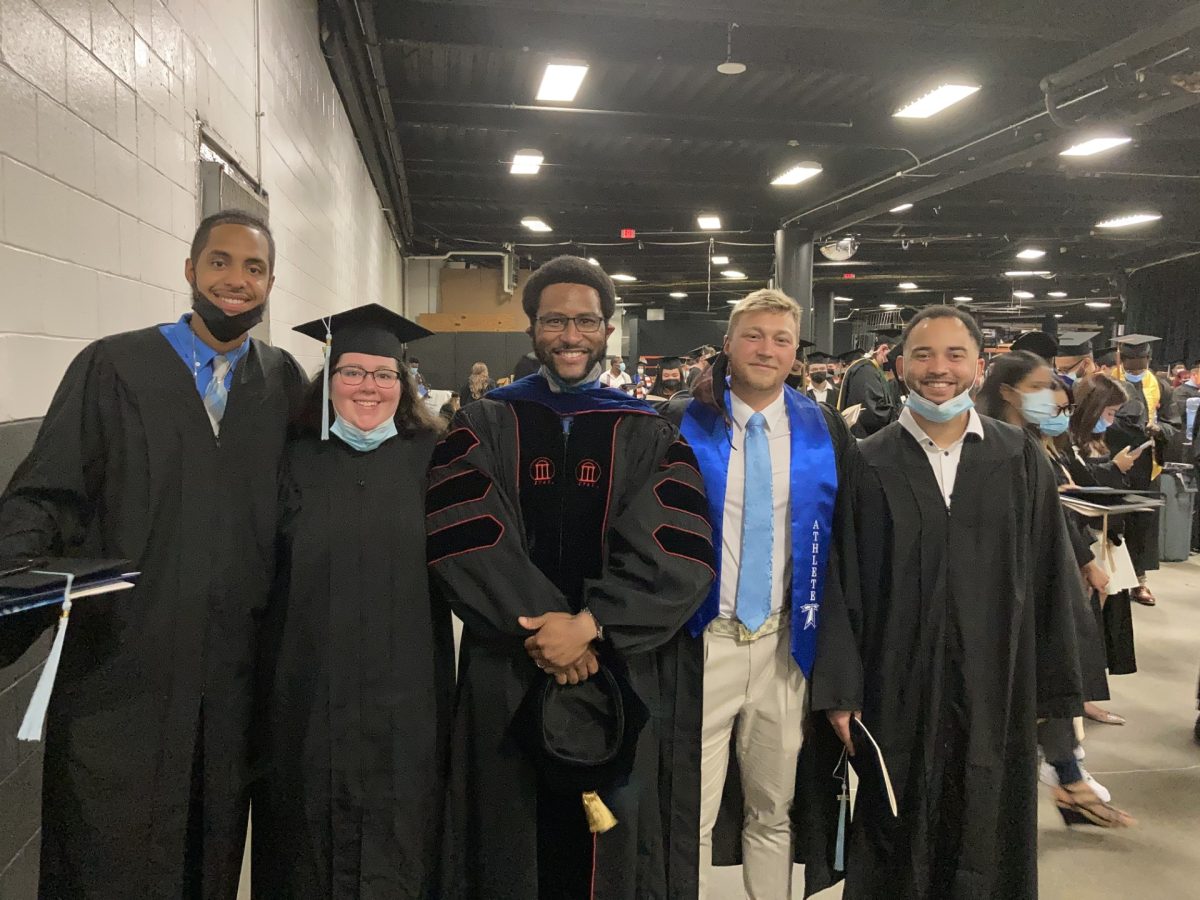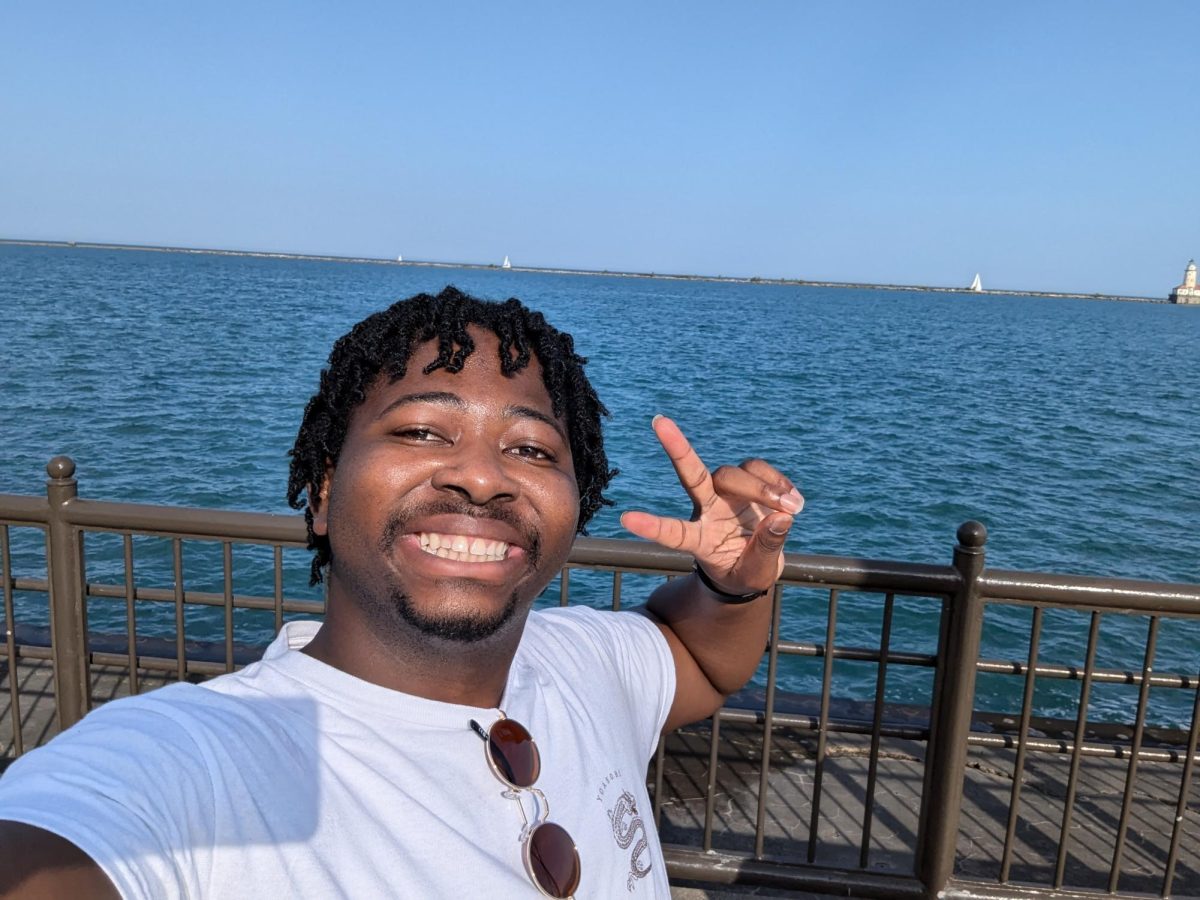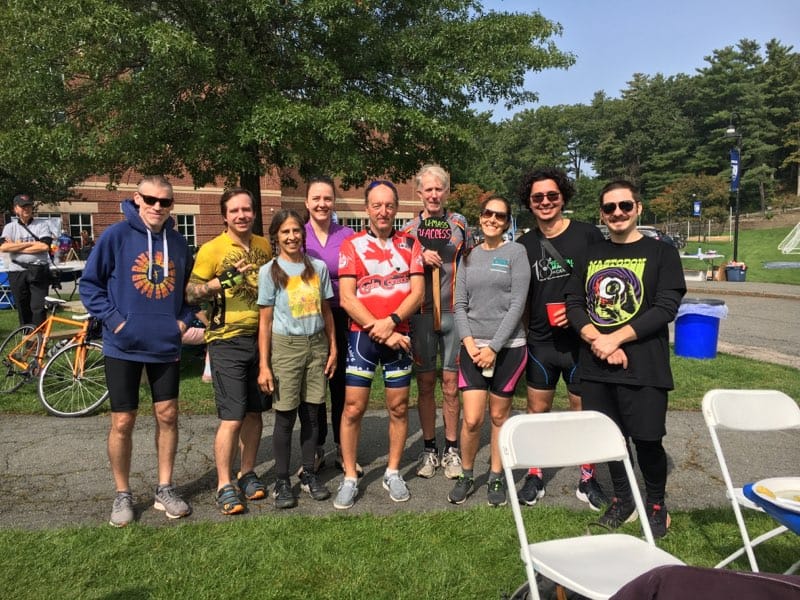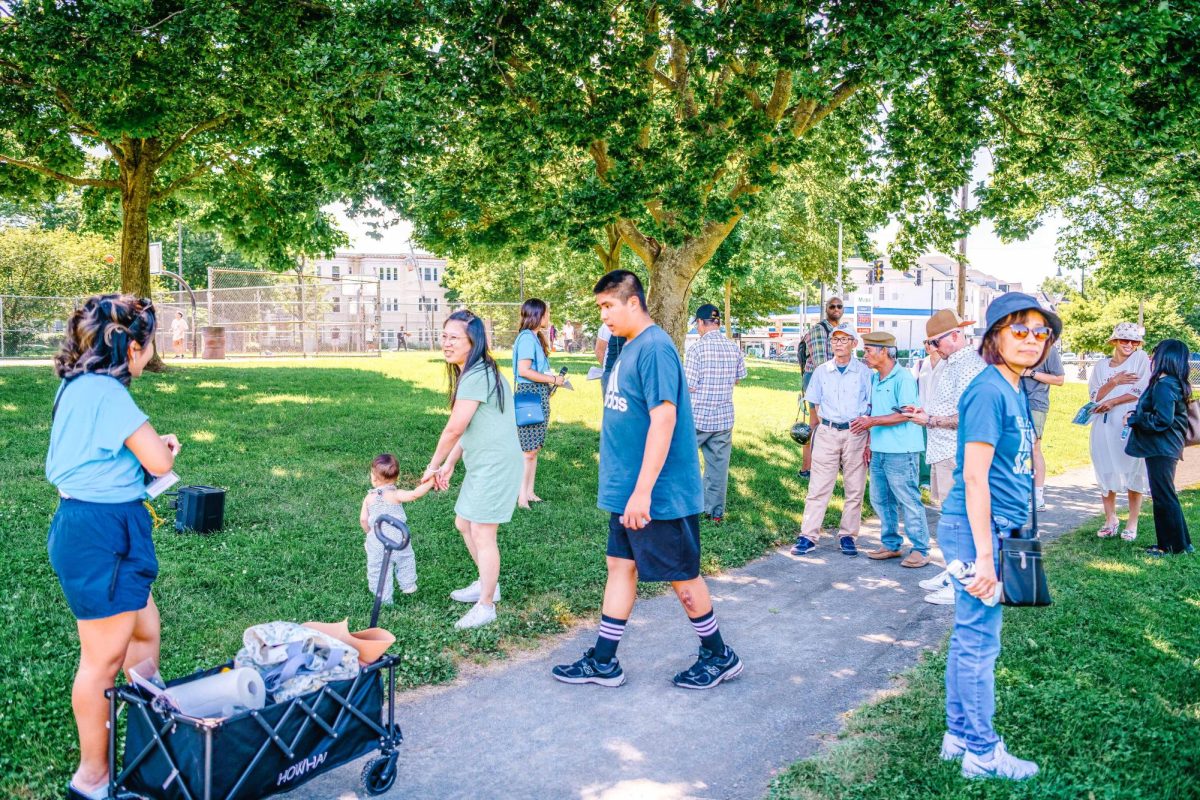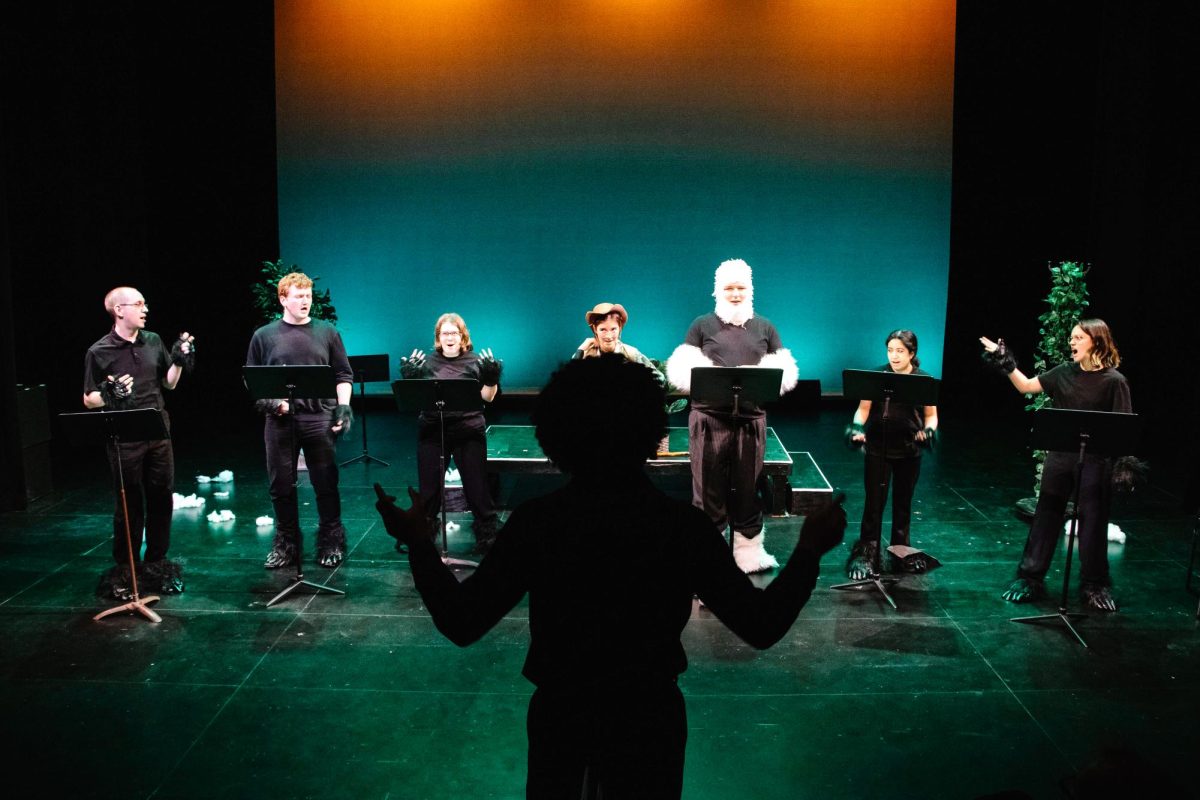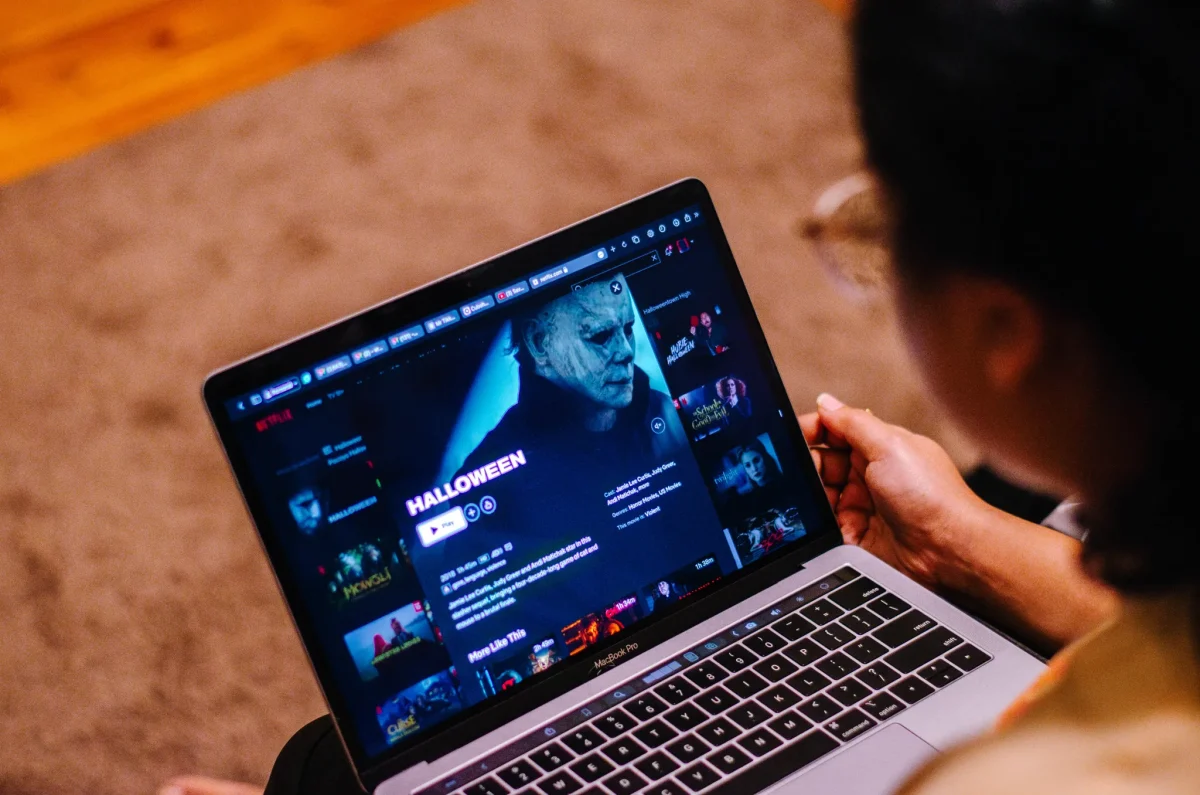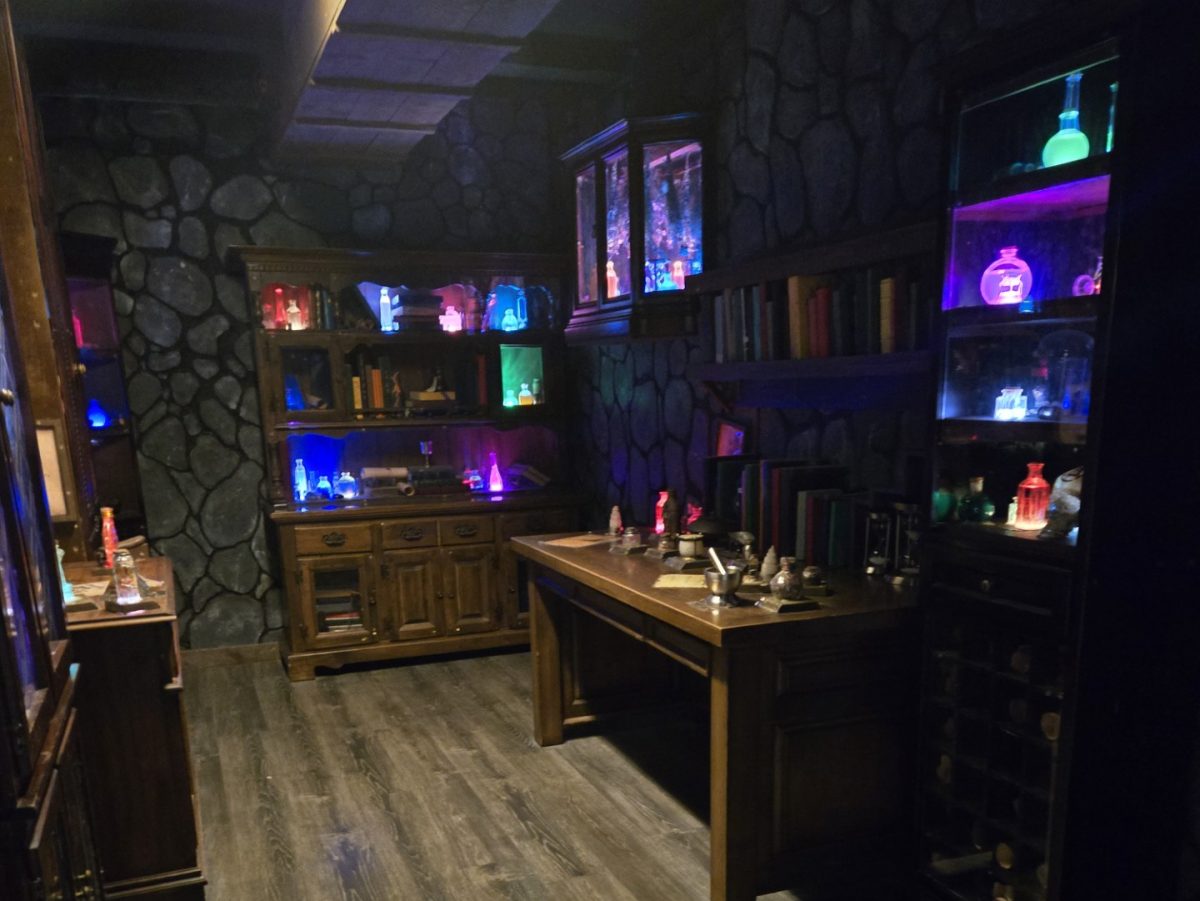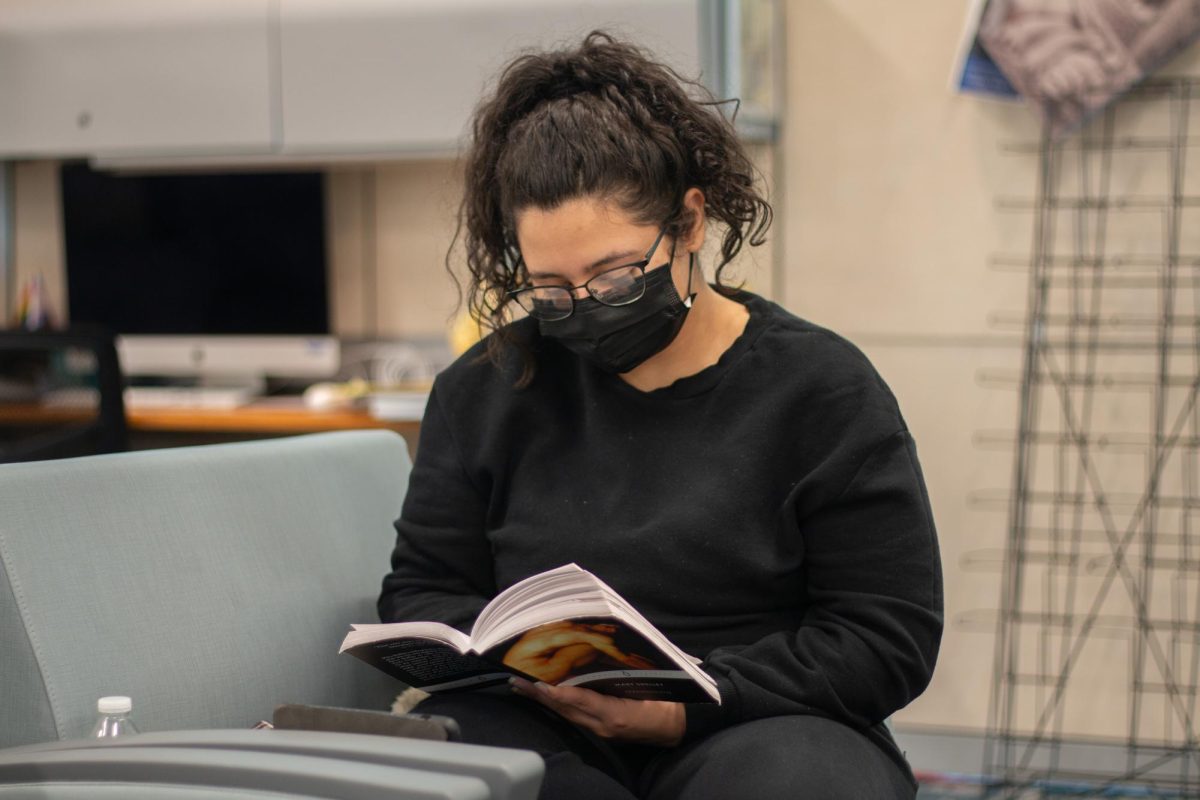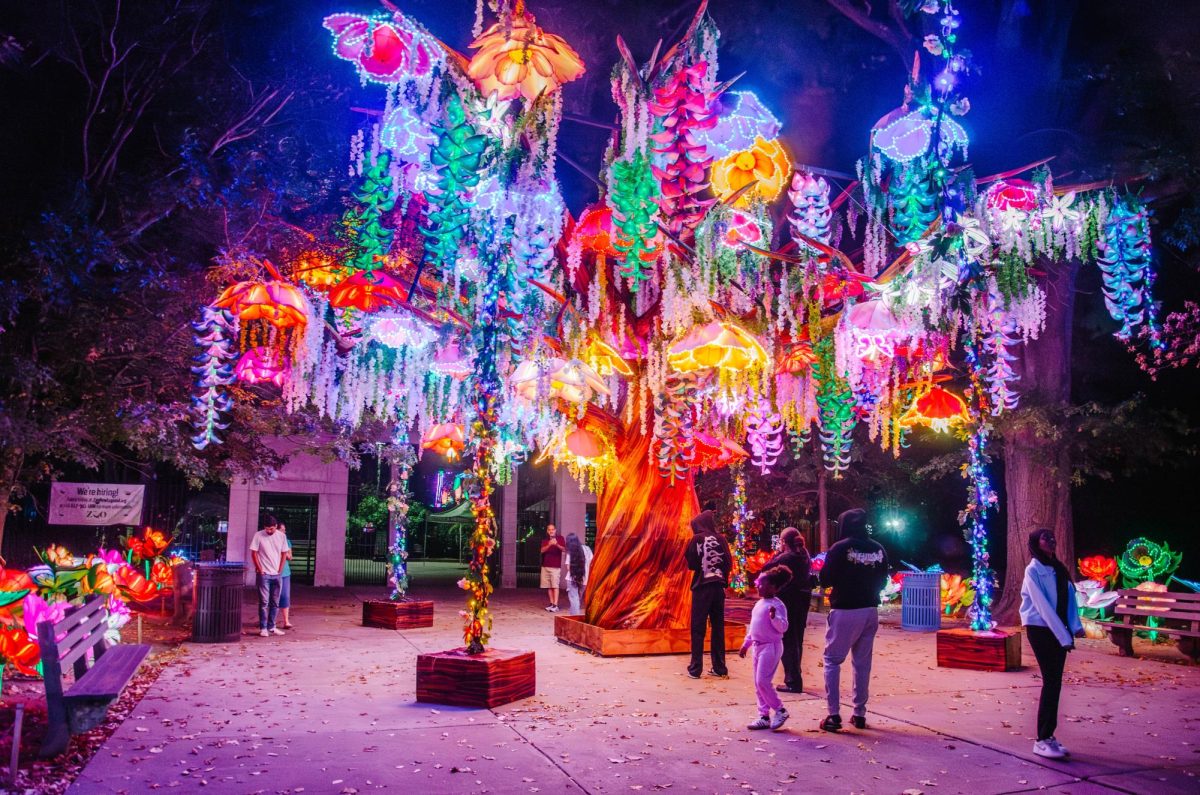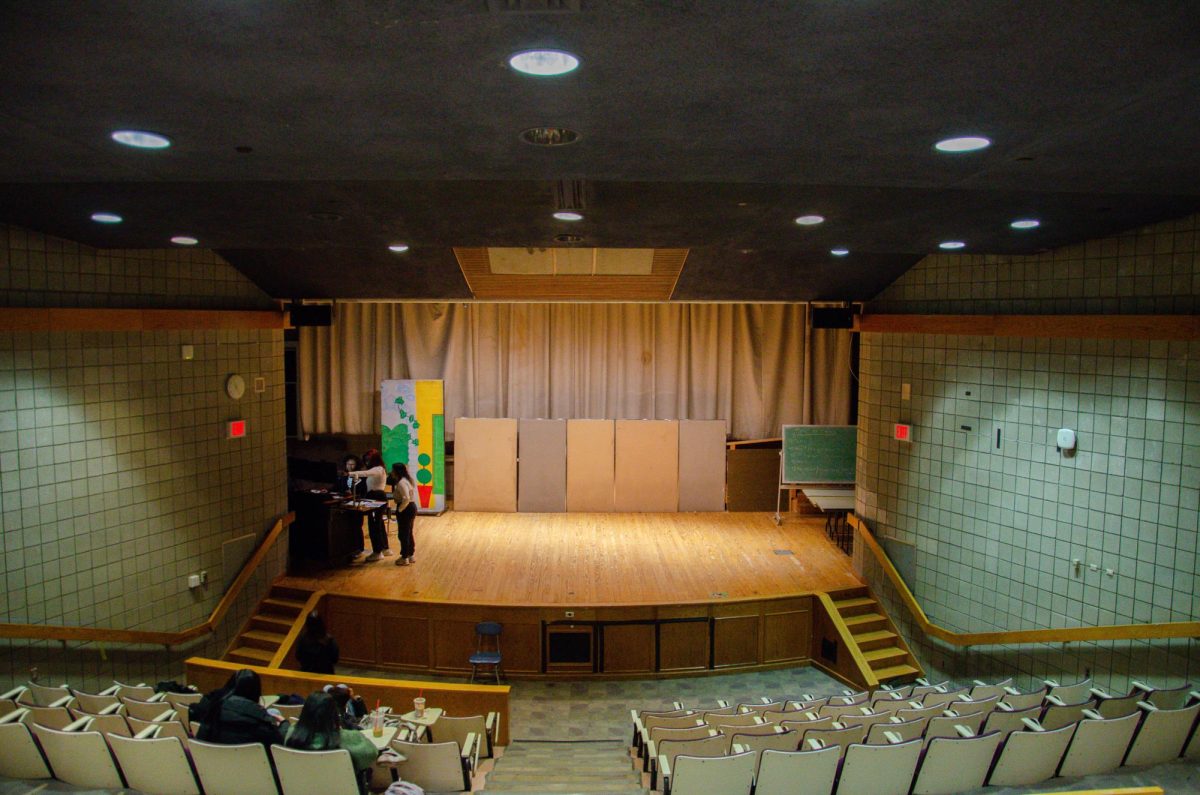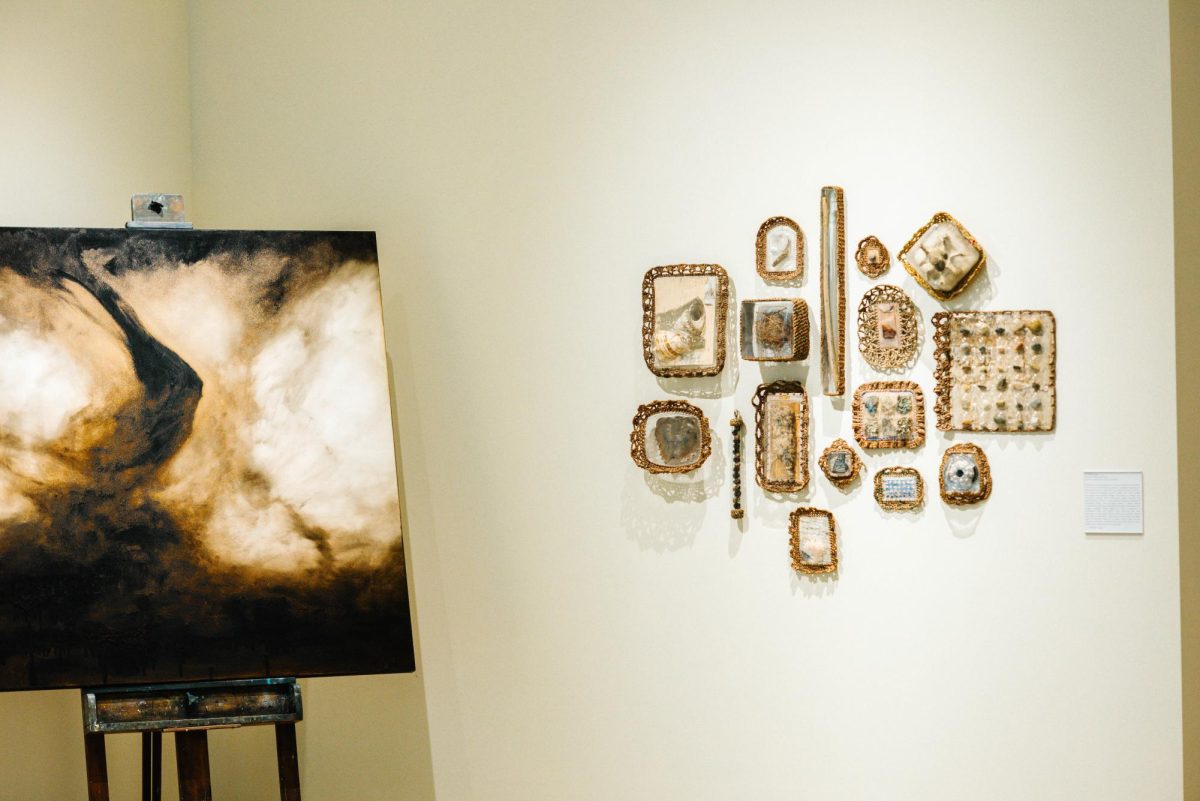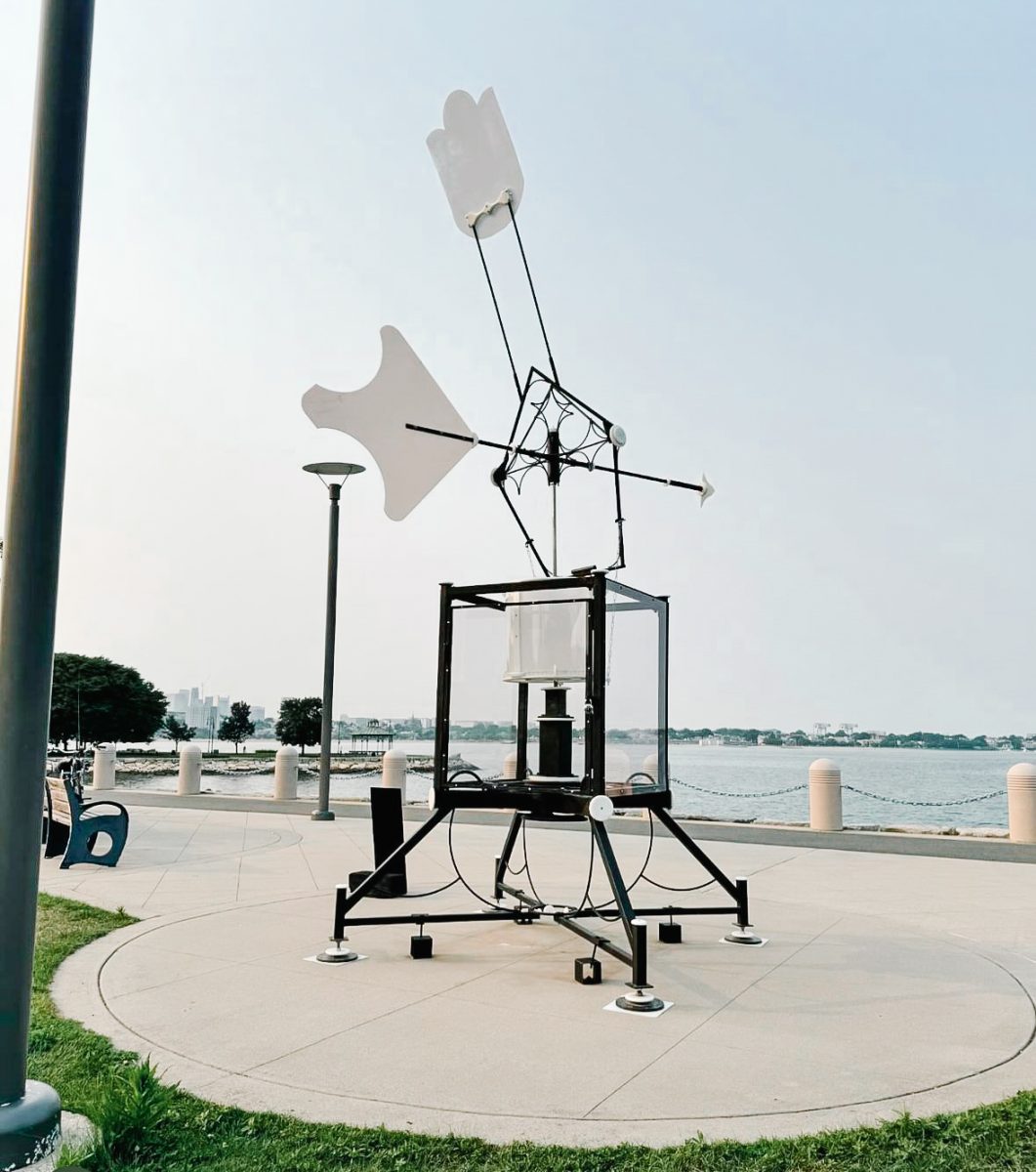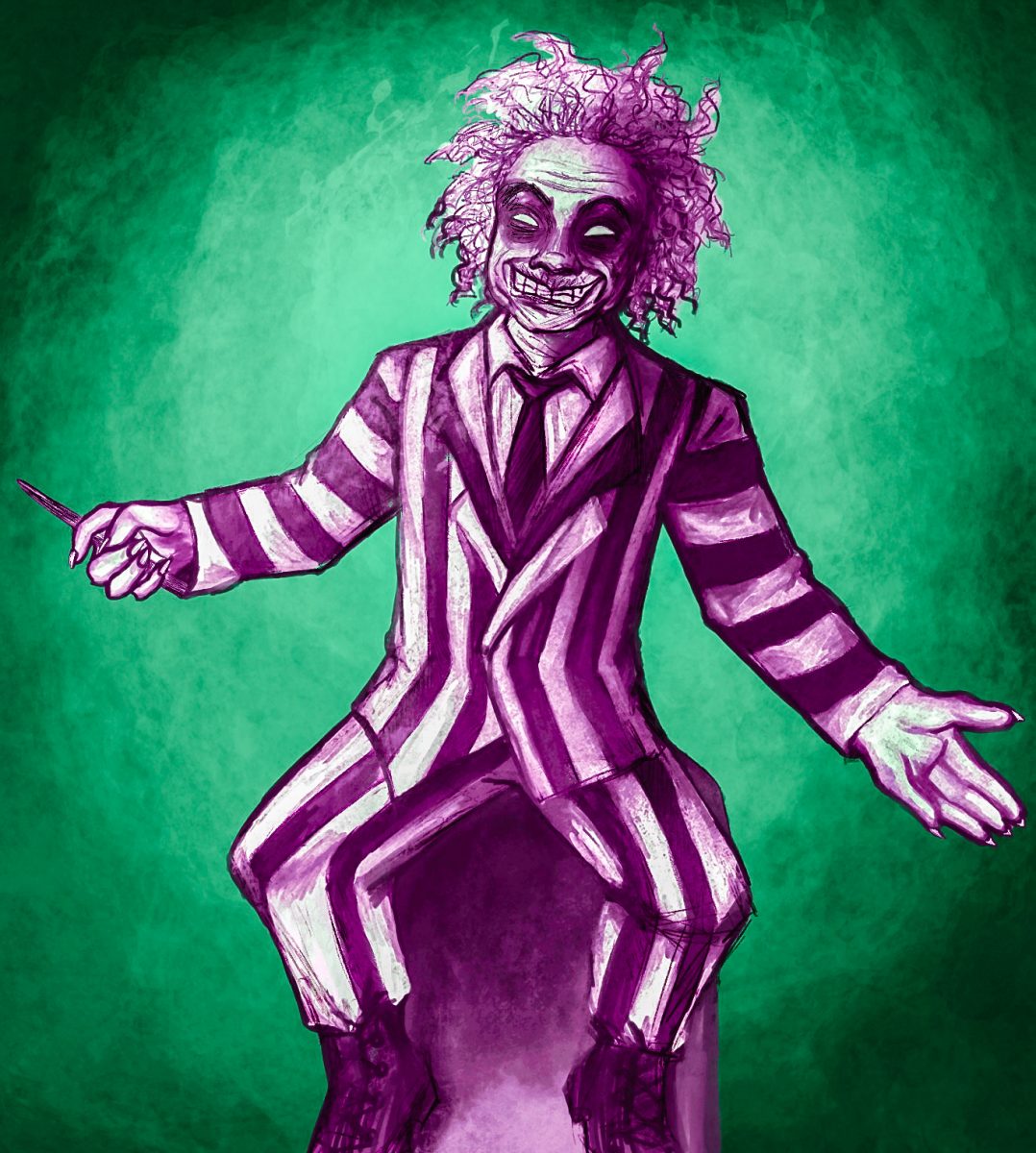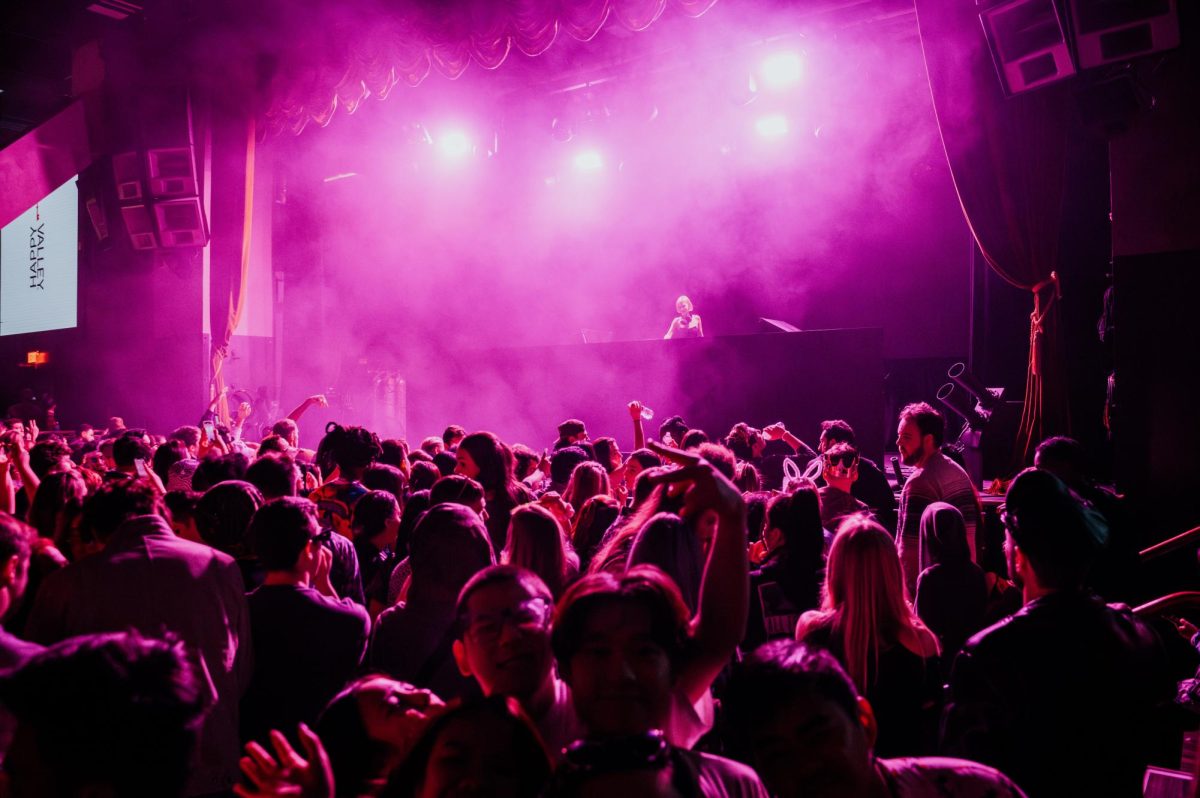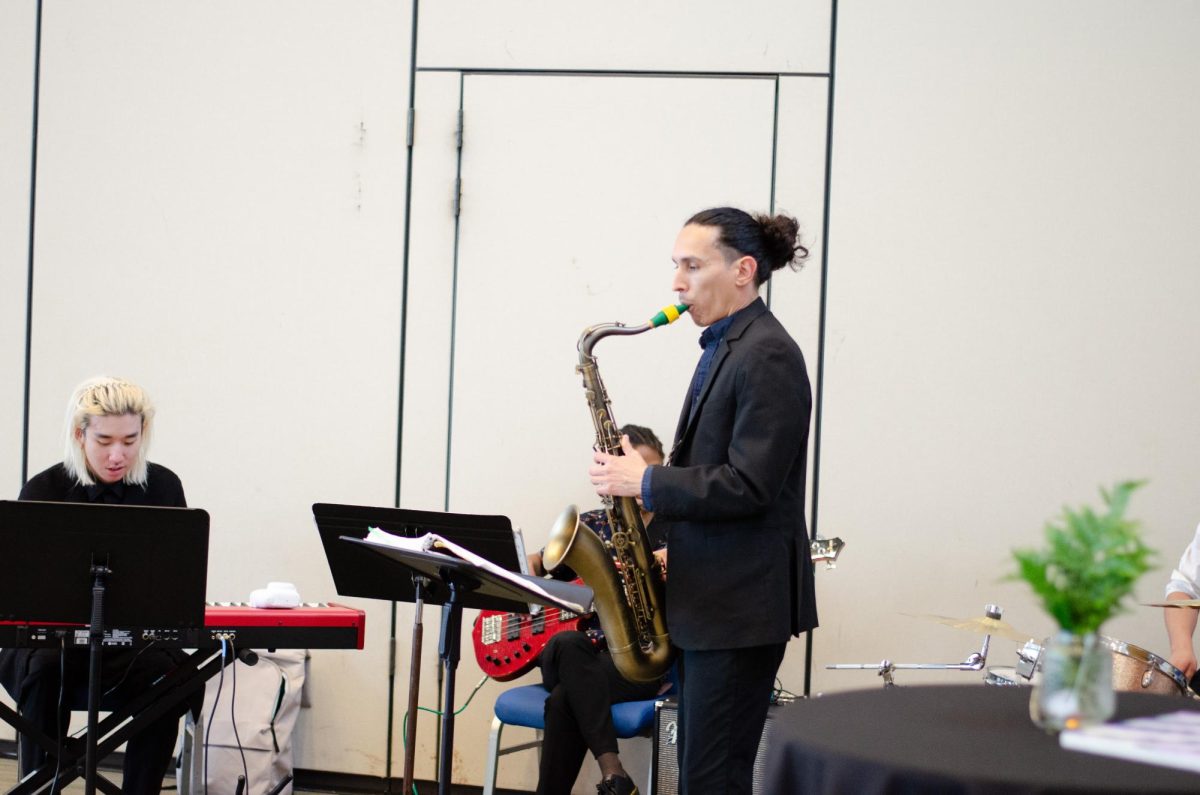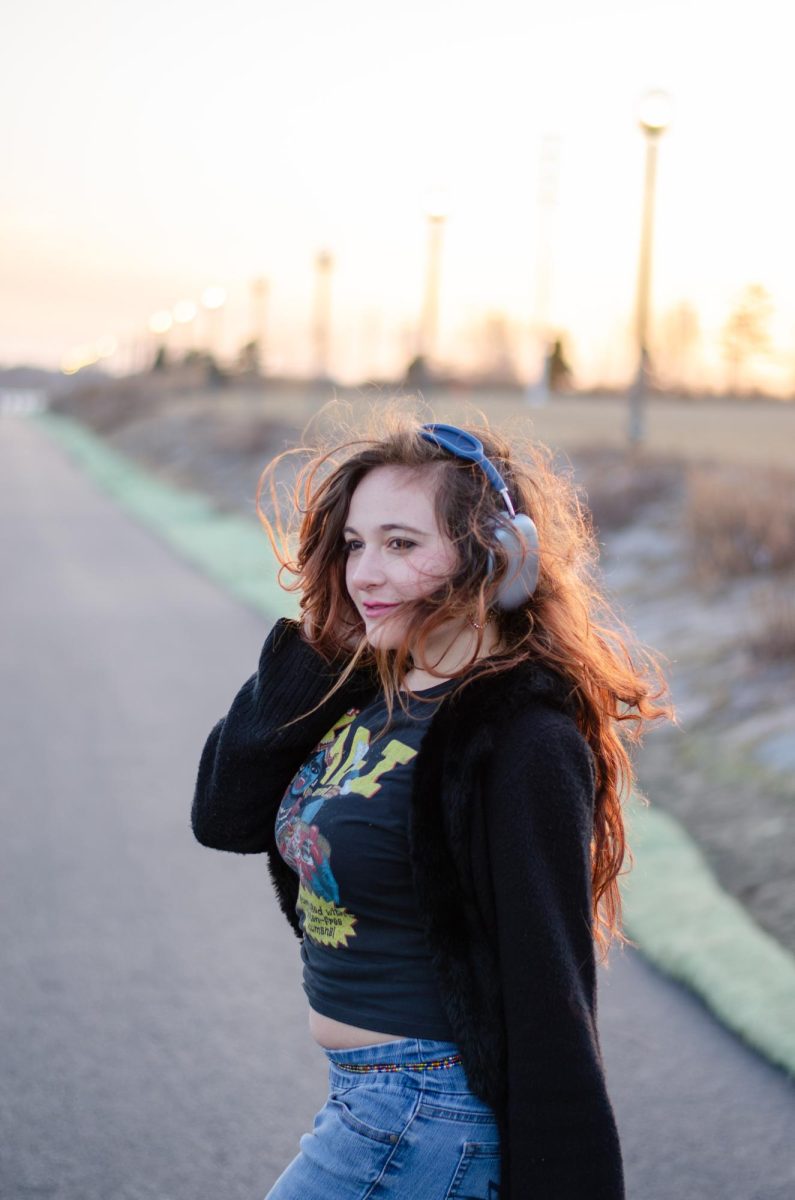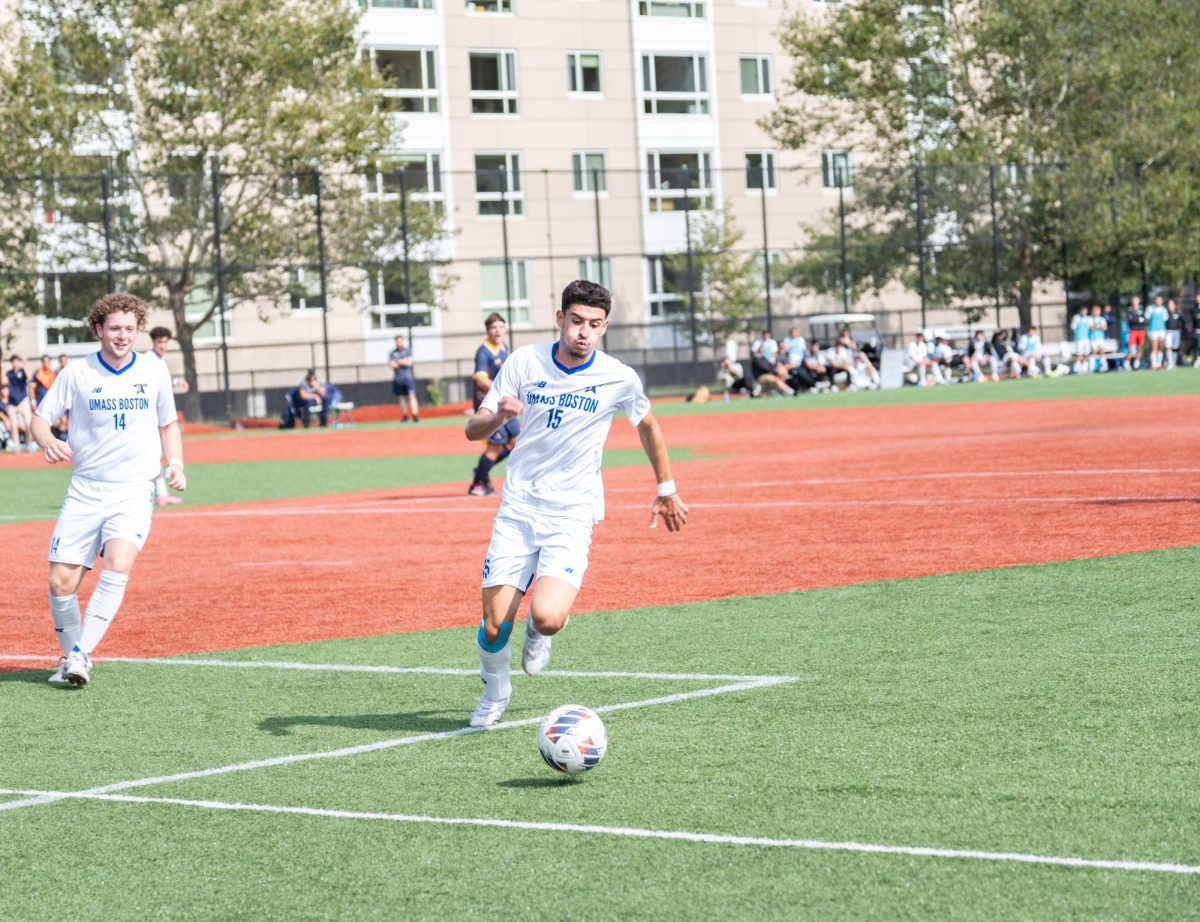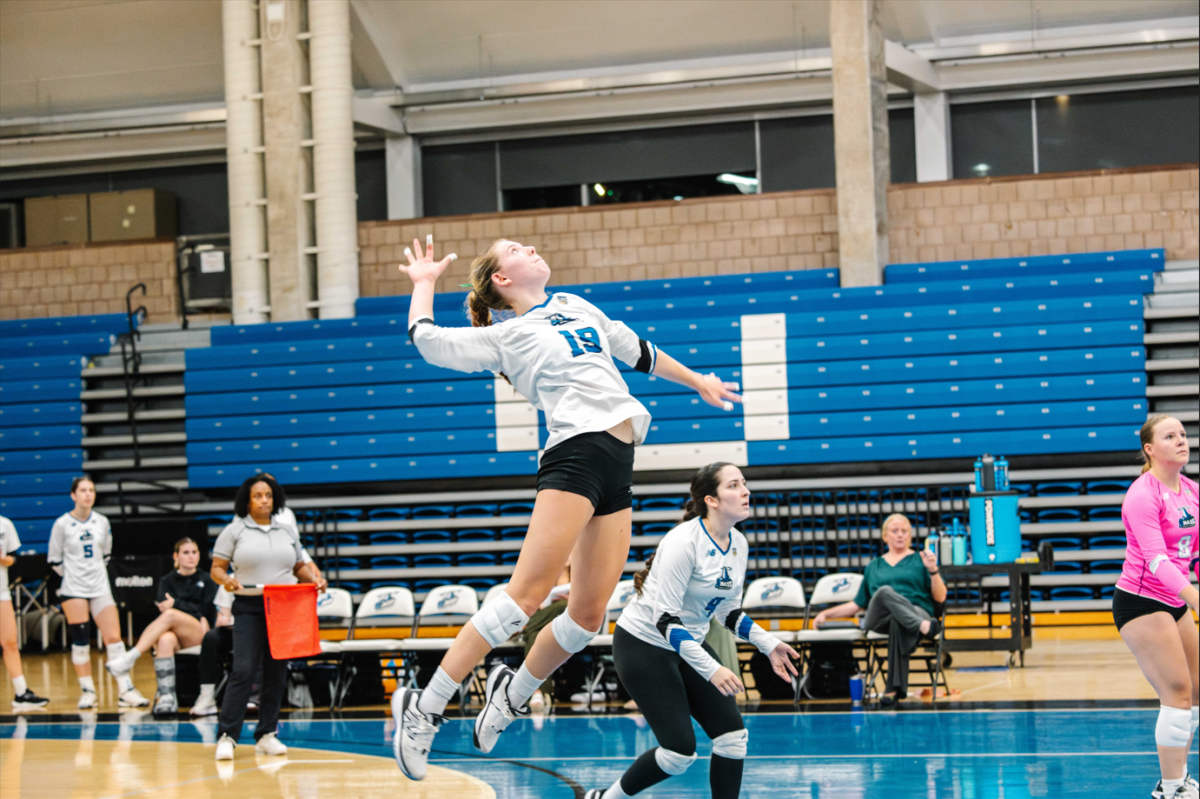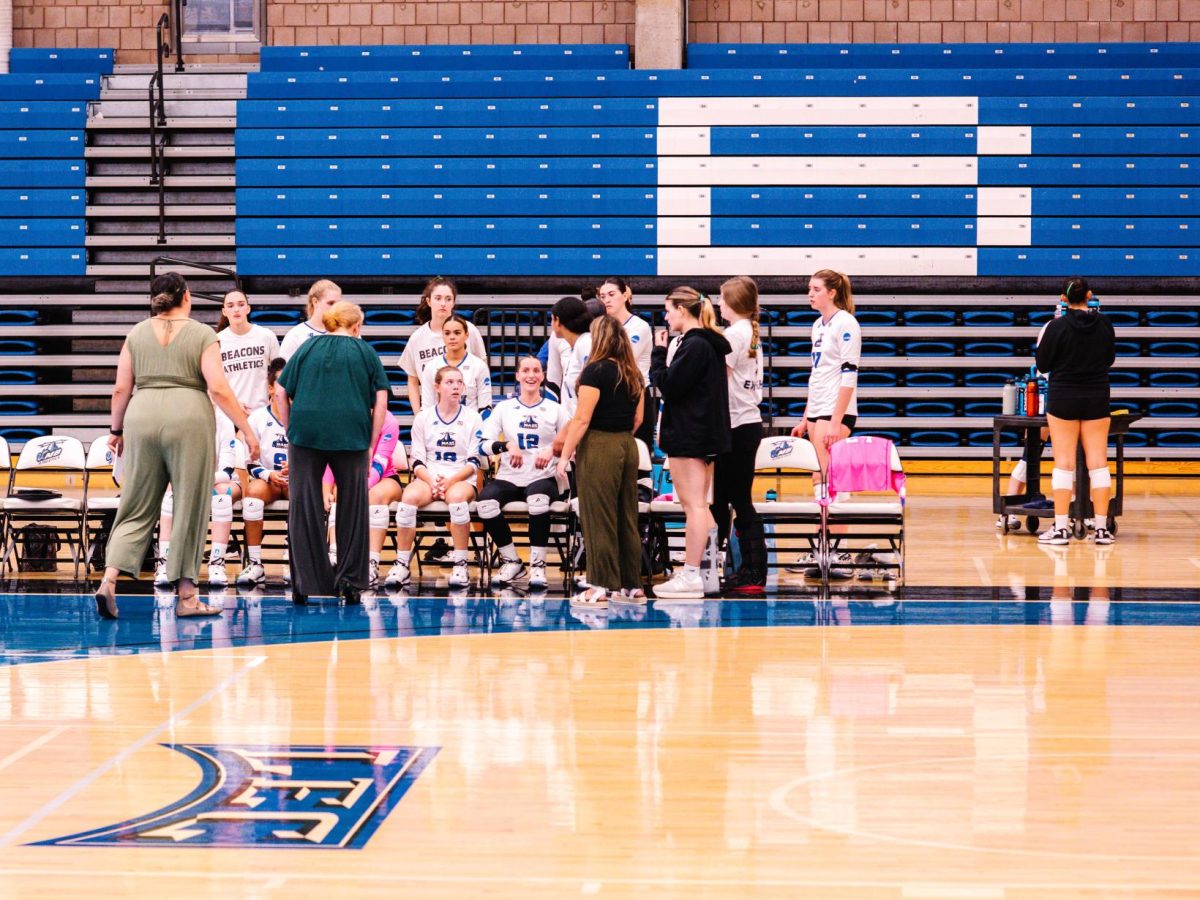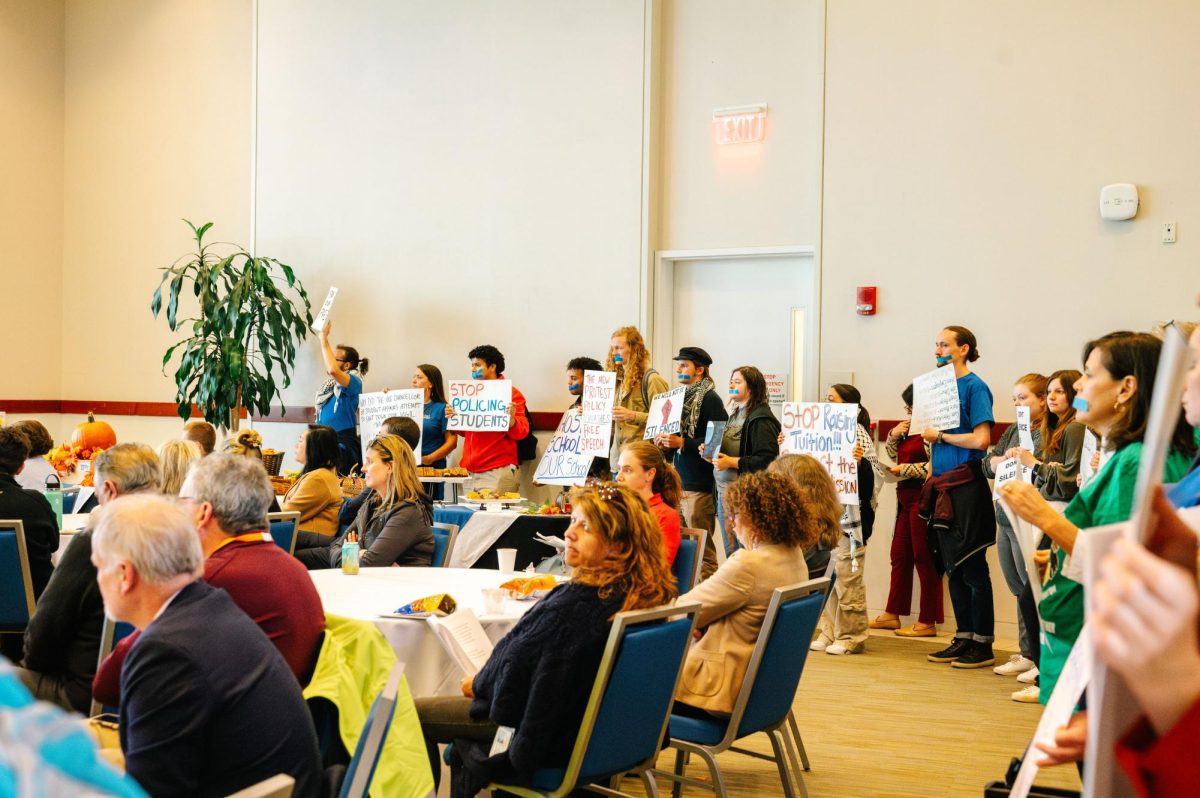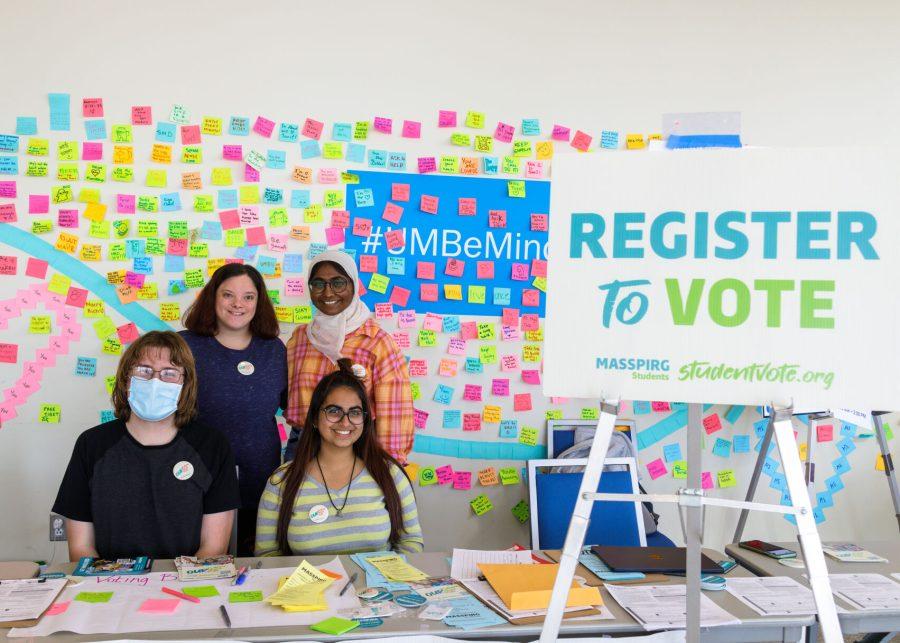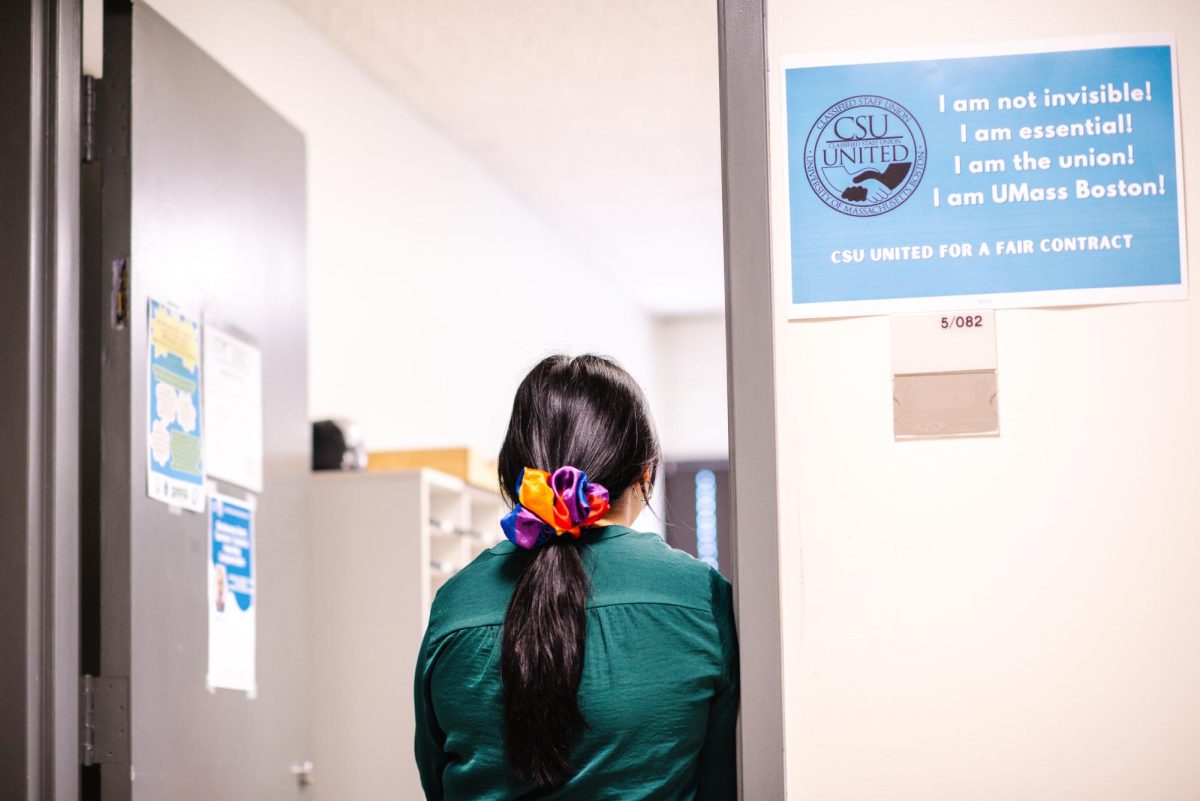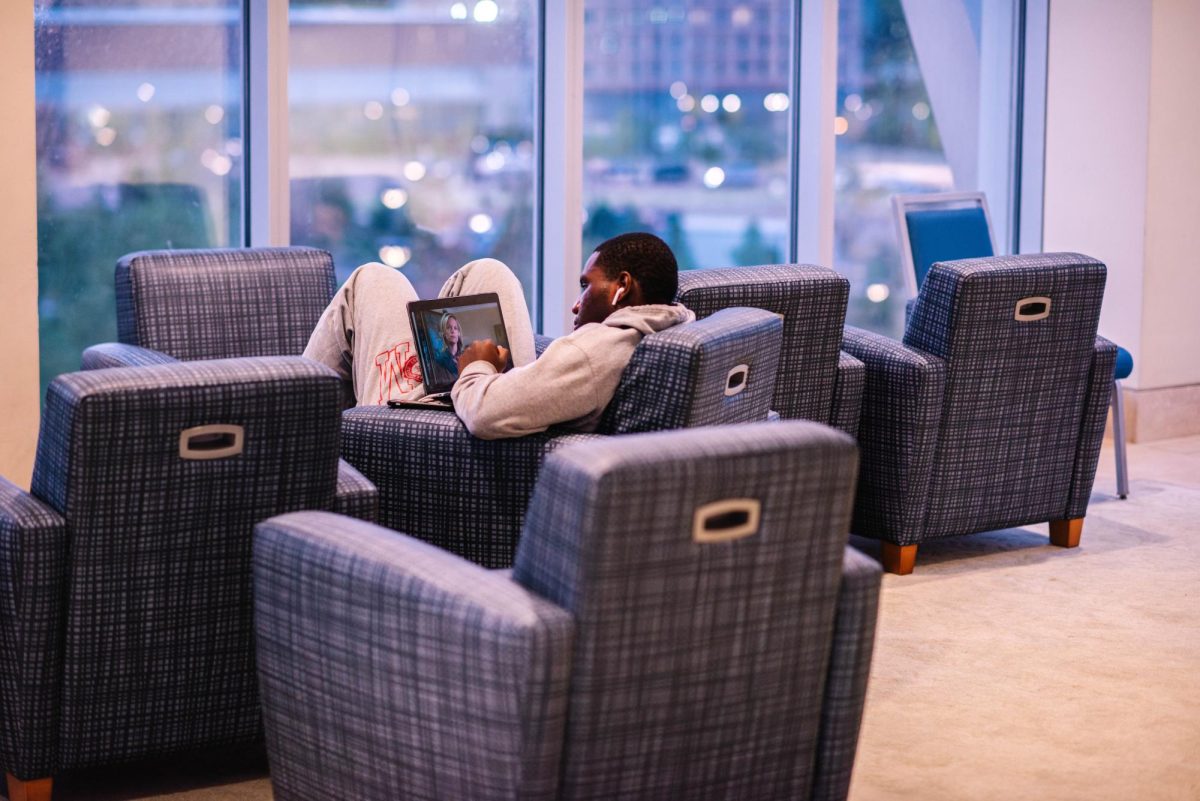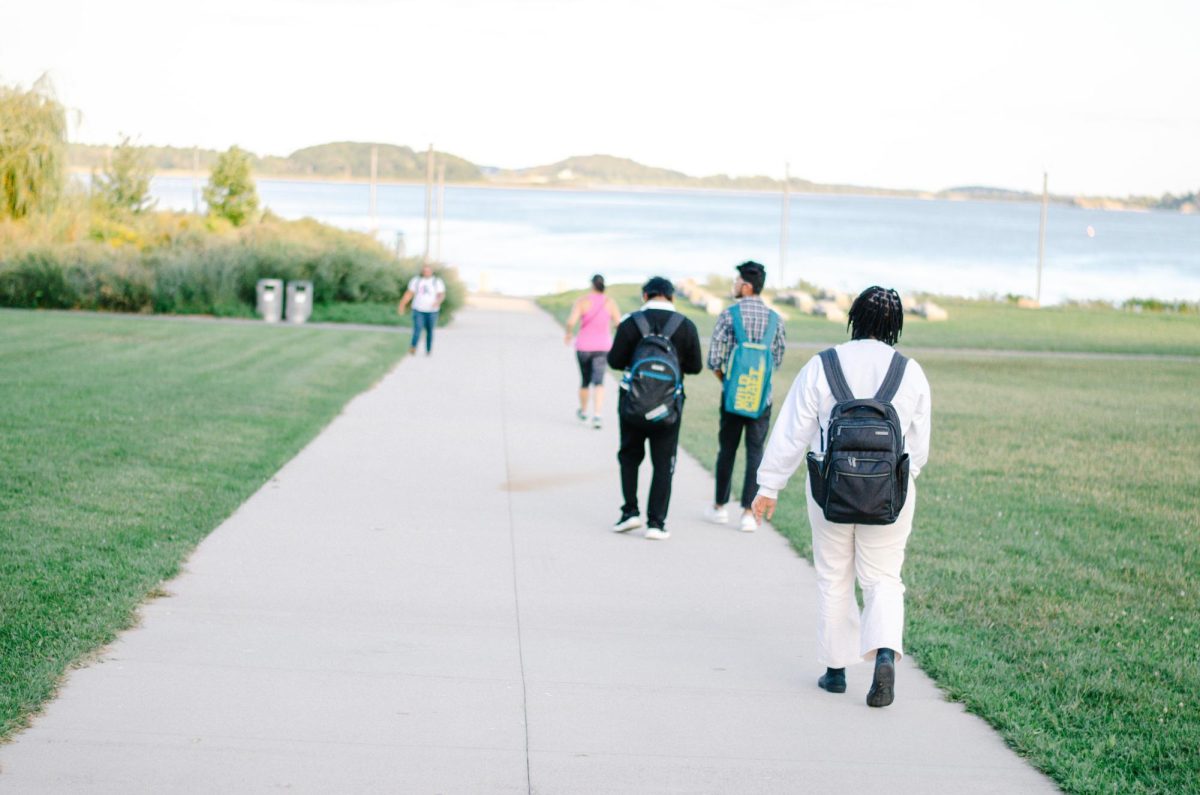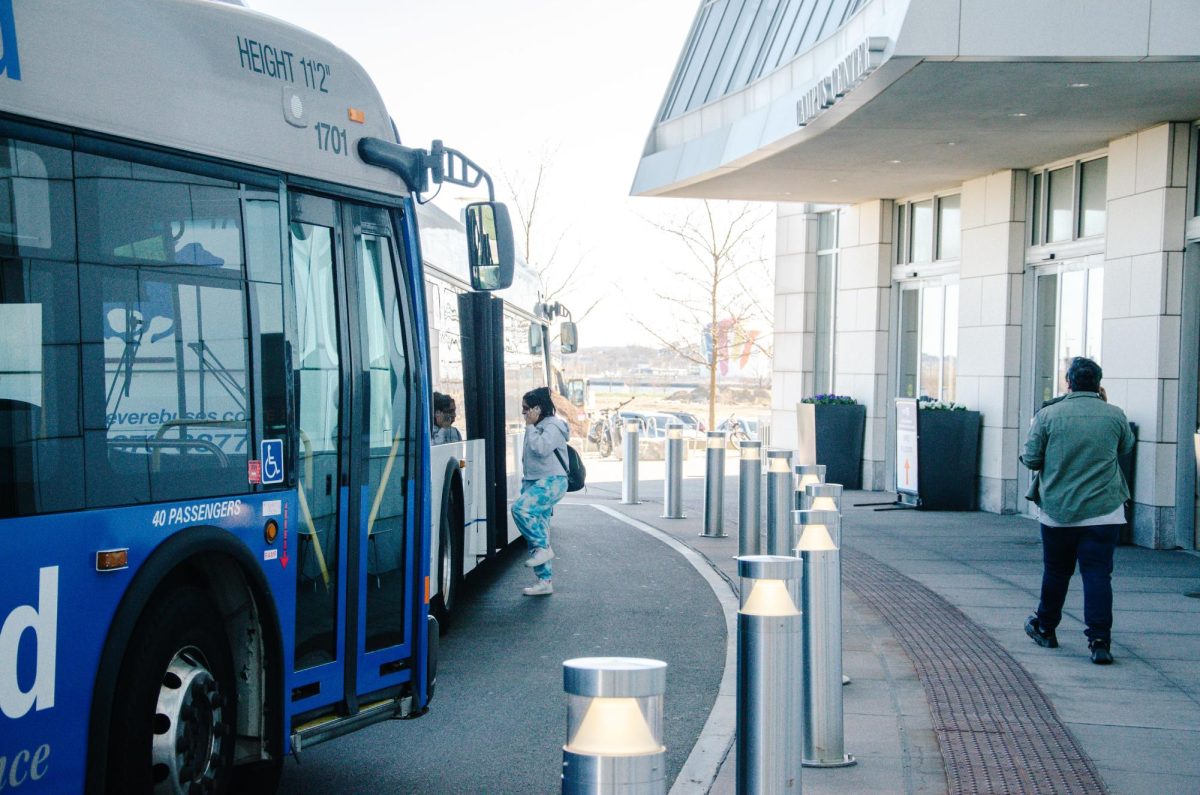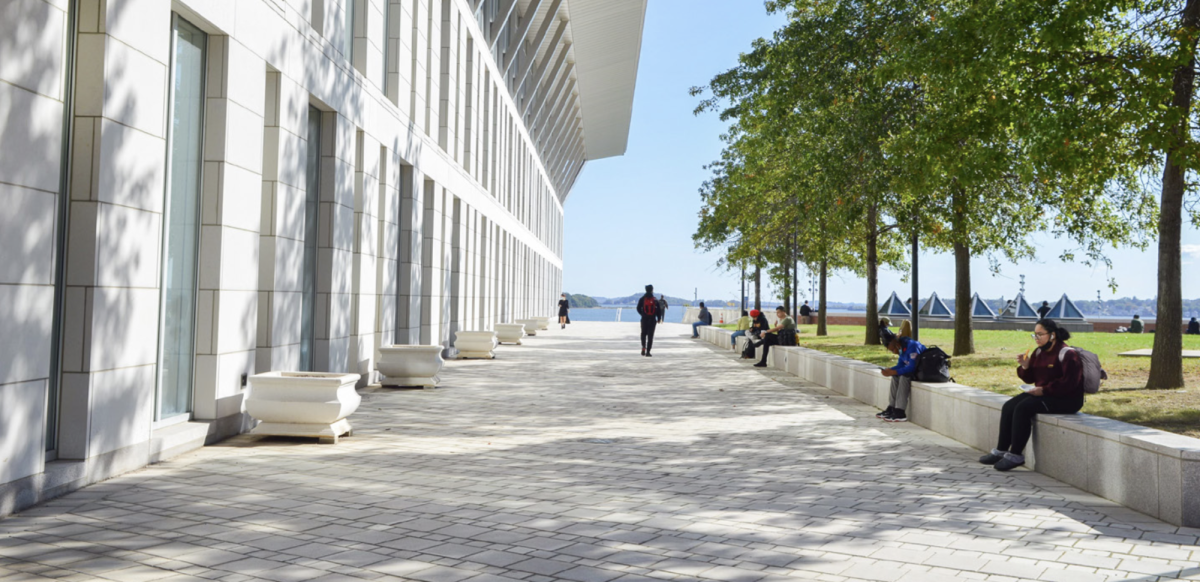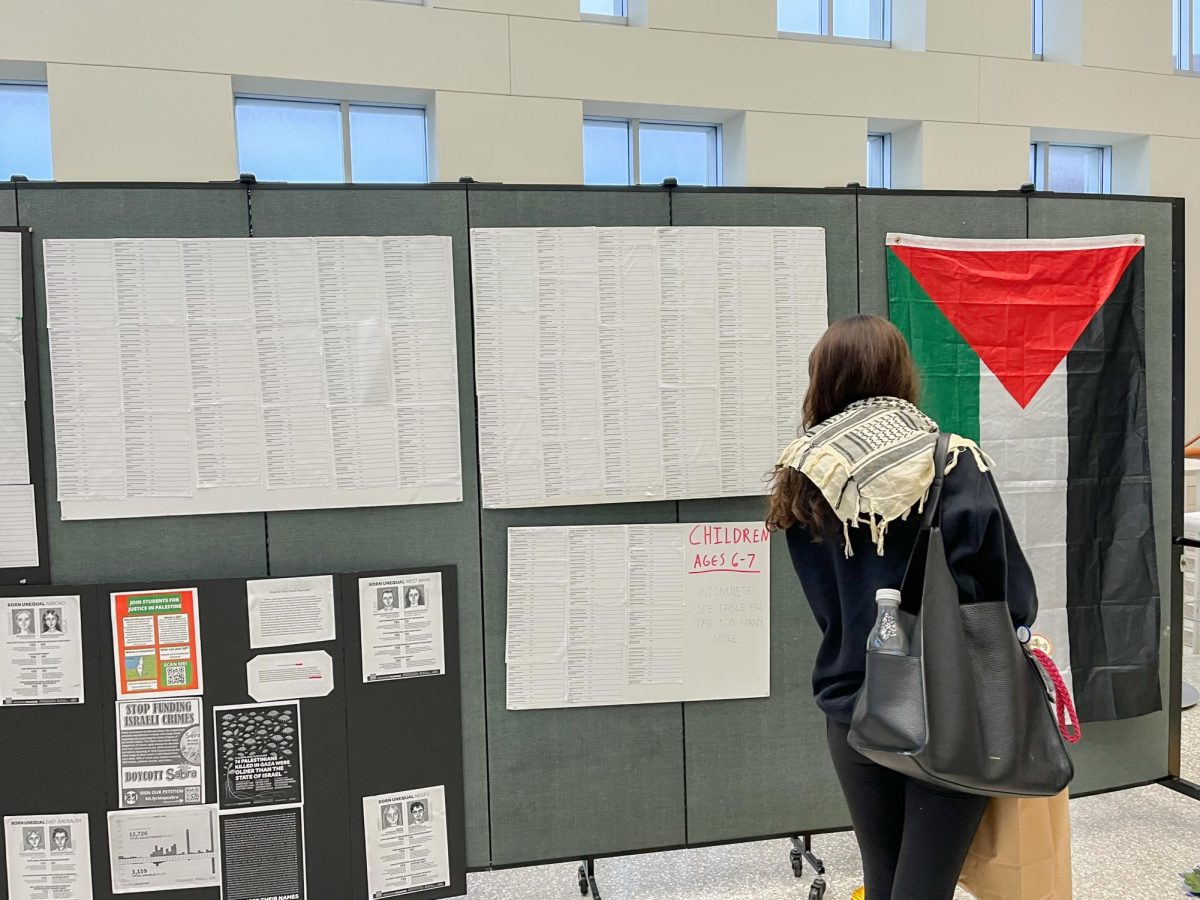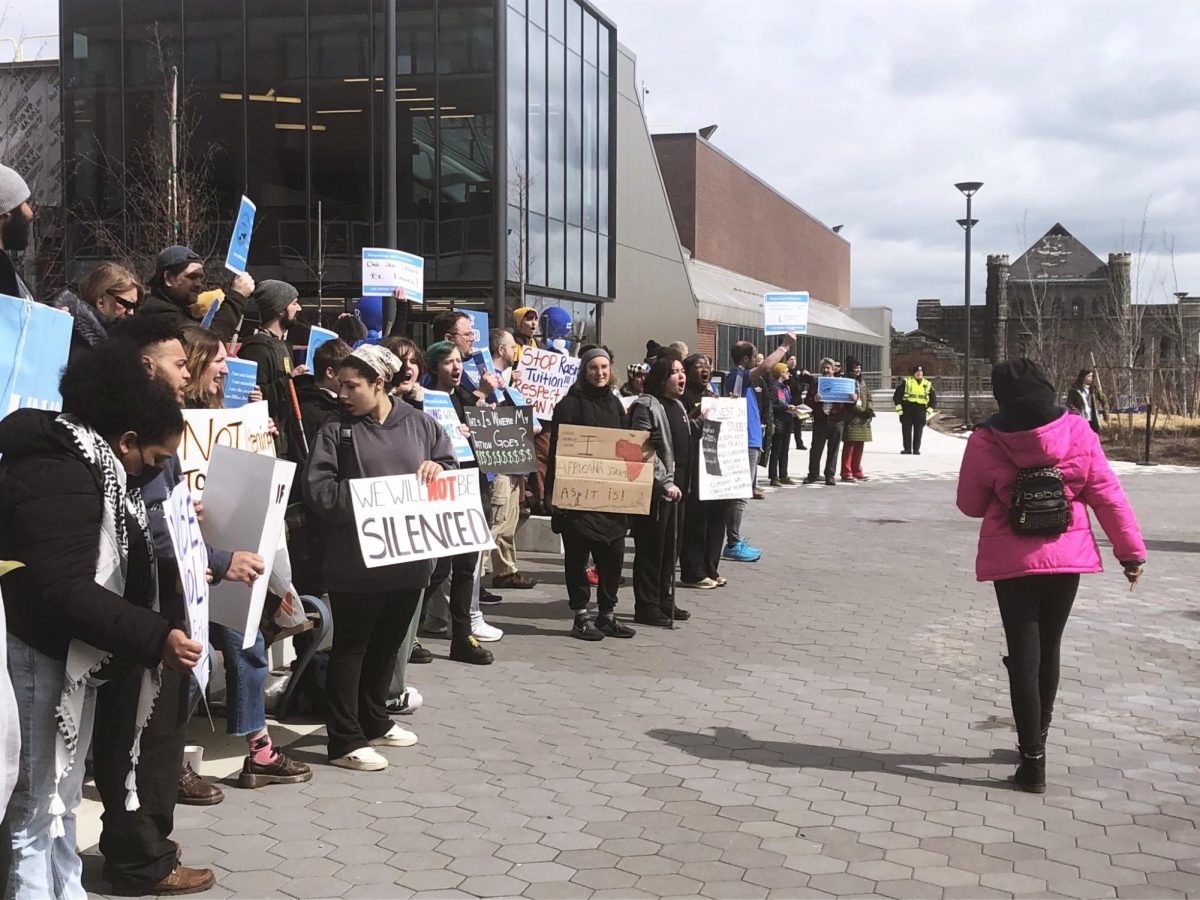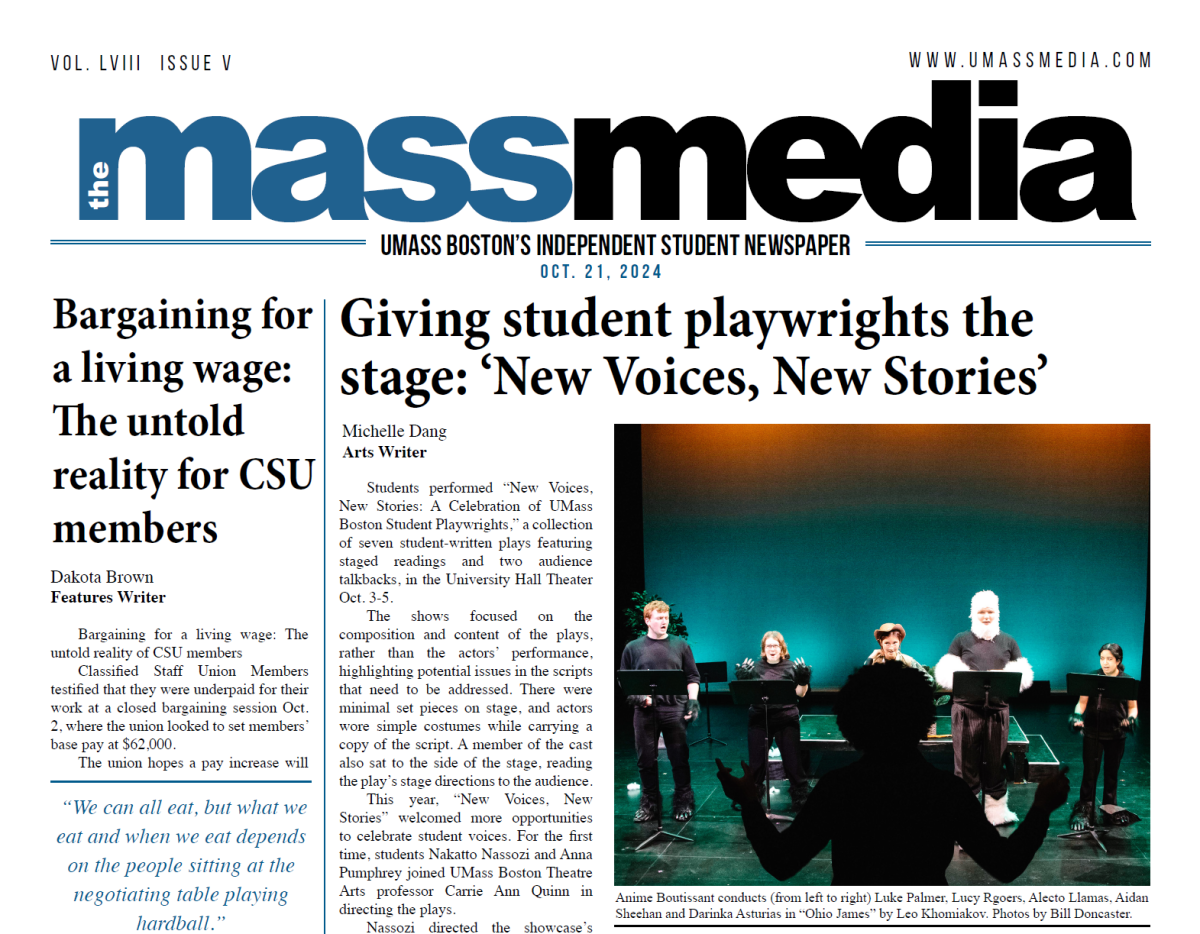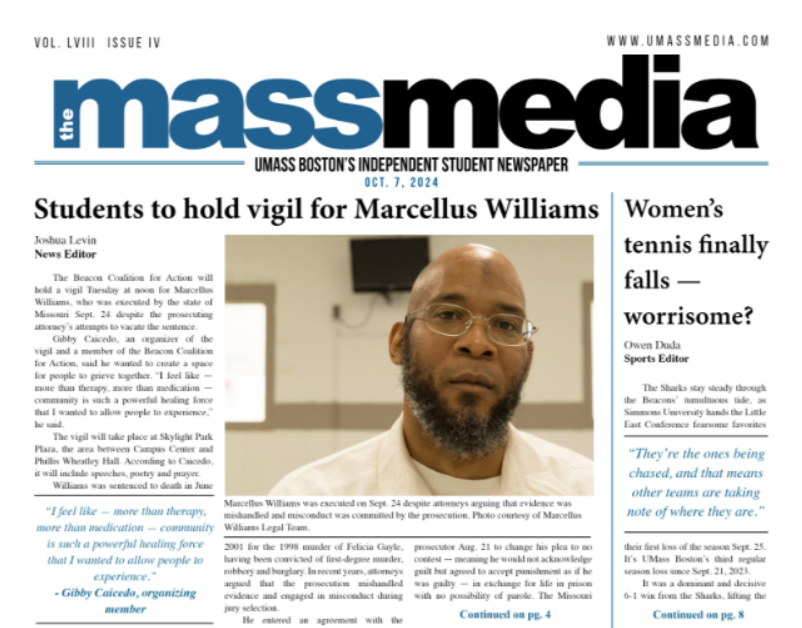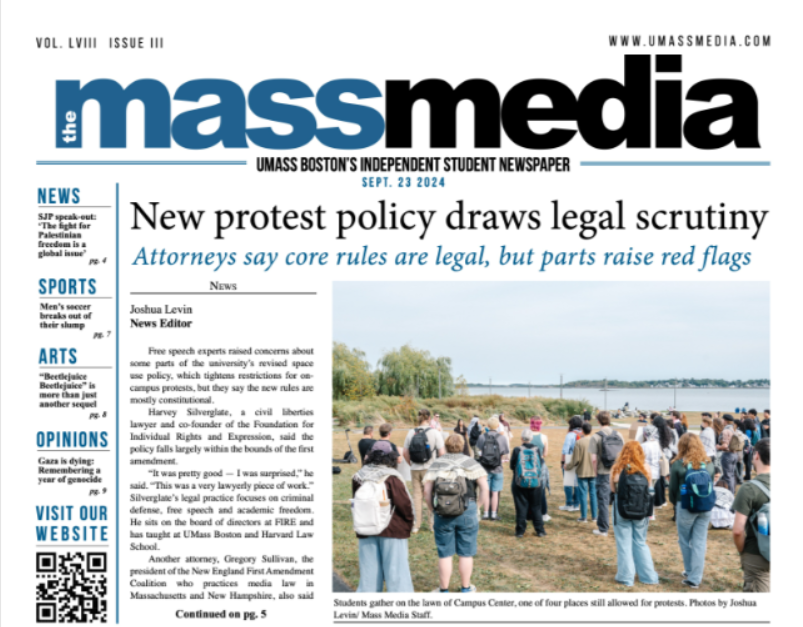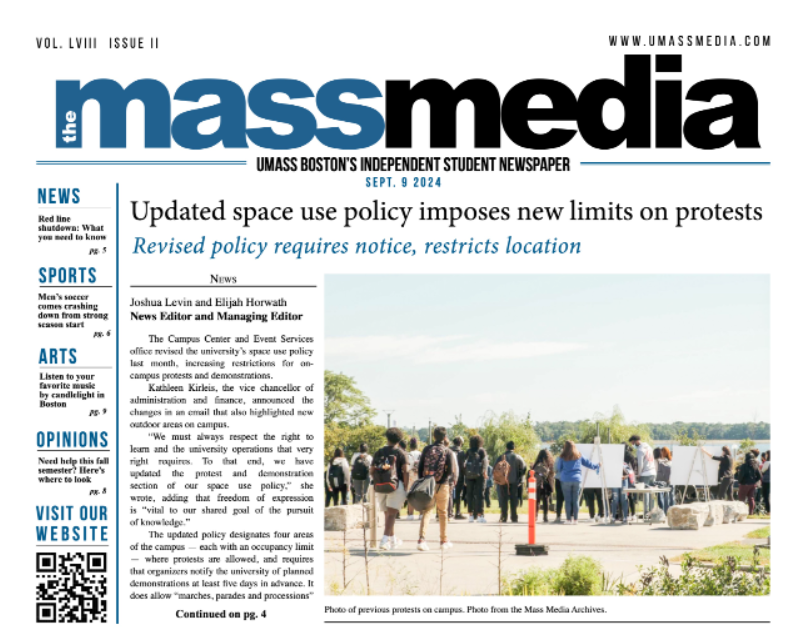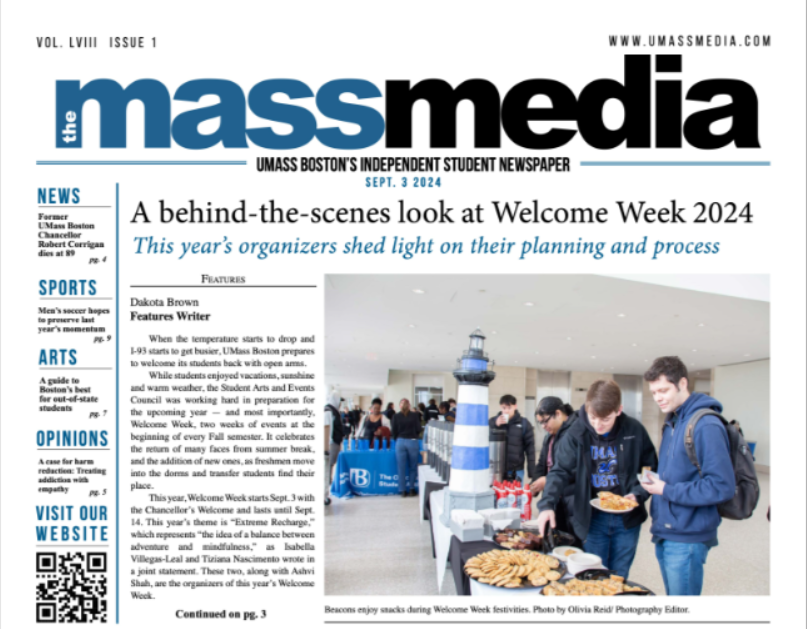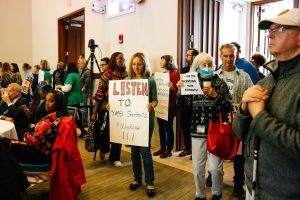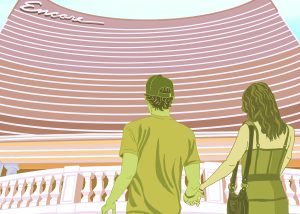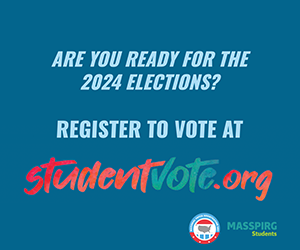The Taste Does You In
November 27, 2007
It’s a Wednesday night. You’ve been at work all afternoon. You have a class early in the morning and you’ve got a midterm after that. You’re exhausted, but you really need to stay up and study. As college students, we have all been in this situation before.
The solution: grab a Red Bull, Monster, Rockstar, or any of the countless energy drinks available on store shelves.
In an effort to prolong waking hours as long as possible, college students across the country have been turning to the extra boost of energy these drinks provide to get through those late night cram sessions.
Your typical energy drink contains about 80mg of caffeine, close to the same amount in a cup of coffee. Not a problem, some would say. Students have been drinking coffee to stay awake for as long as coffee has existed.
One of the problems with energy drinks lies in their size. Smaller than most cups of coffee, many energy drinks are ripe for over-consumption. This, along with ease of availability, makes these energy drinks more appealing to the night owl than coffee.
While coffee is often brewed, energy drinks are ready and waiting in the case at the local convenience store. There is no preparation needed. Just pop the top and you’re ready to go.
Before the FDA’s ban on ephedra in 2004, many energy drinks contained the potentially deadly substance. Even without ephedra, these high-caffeine drinks can still be dangerous.
Often times energy drinks are mixed with alcohol. Many college students believe that the increased caffeine content will counteract the effects of the alcohol. Instead, it only falsely masks the intoxication.
The consumption of these energy drinks before excessive exercise is another danger. The high amounts of caffeine and other diuretics can cause dehydration and even death.
Outside of the U.S., these energy drinks have met with strict regulations and increased criticism from experts. The European Union, a coalition of 27 European countries, now requires energy drinks to carry warning labels about the high caffeine content, which started in 2004.
In response to a string of deaths that have been linked to the consumption of energy drinks, either with alcohol or before exercise, some eateries in Sweden have stopped the sale of them.
In the frenzied pace of American college life, students often turn to the quickest, “safest” fix they can. From over-the-counter caffeine pills to illicit drugs, students have experimented with all options. These energy drinks seem safer to the sleep-deprived scholar-to-be.

